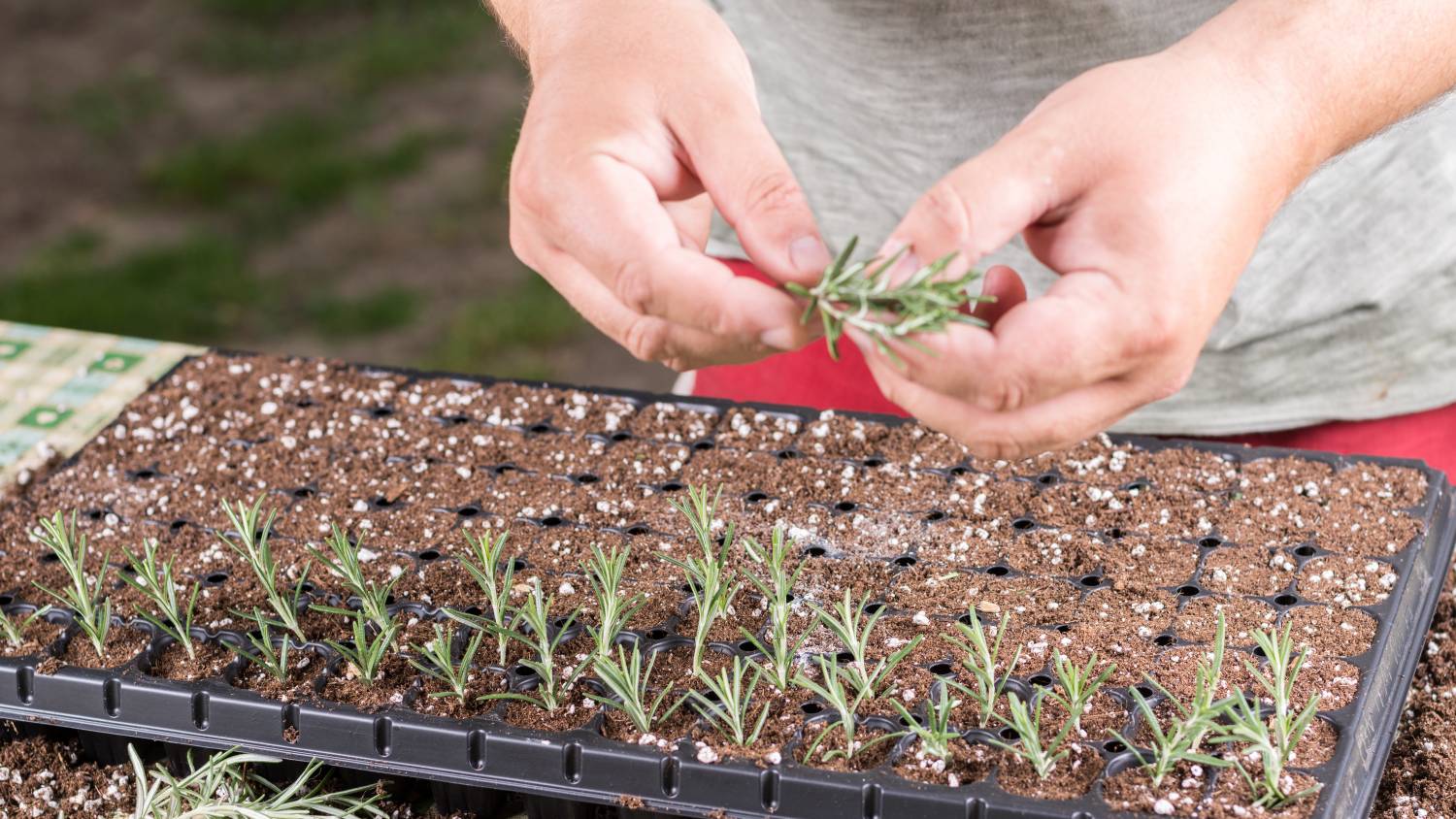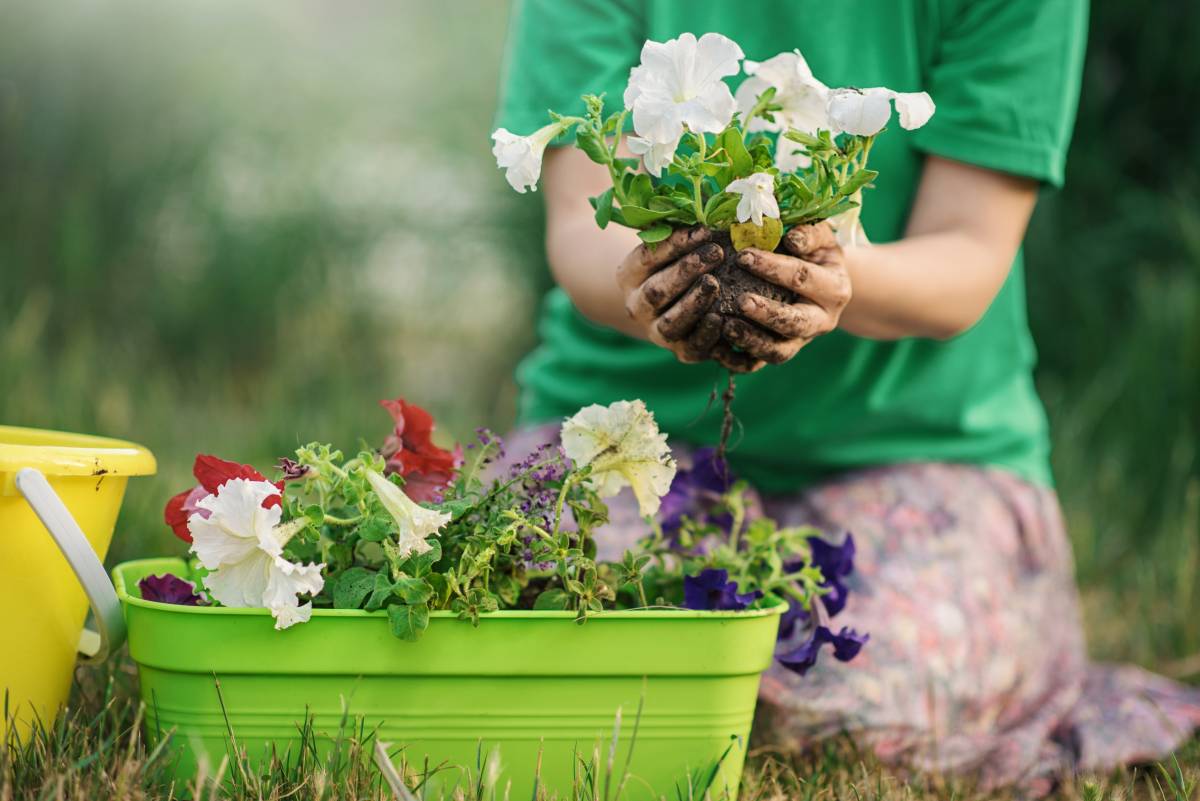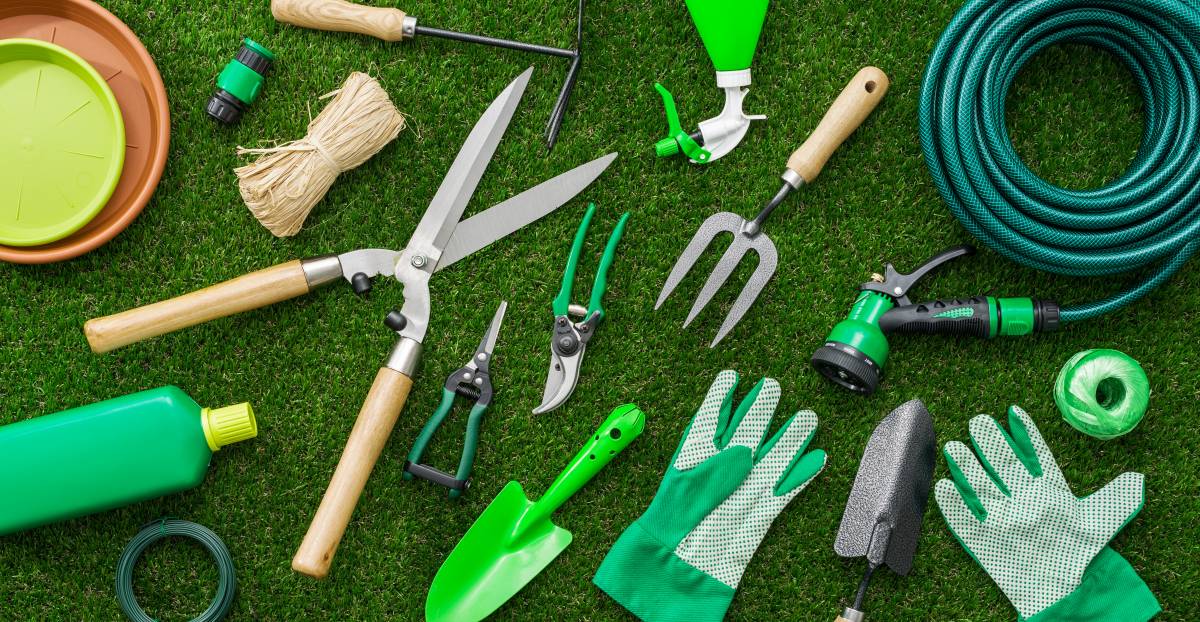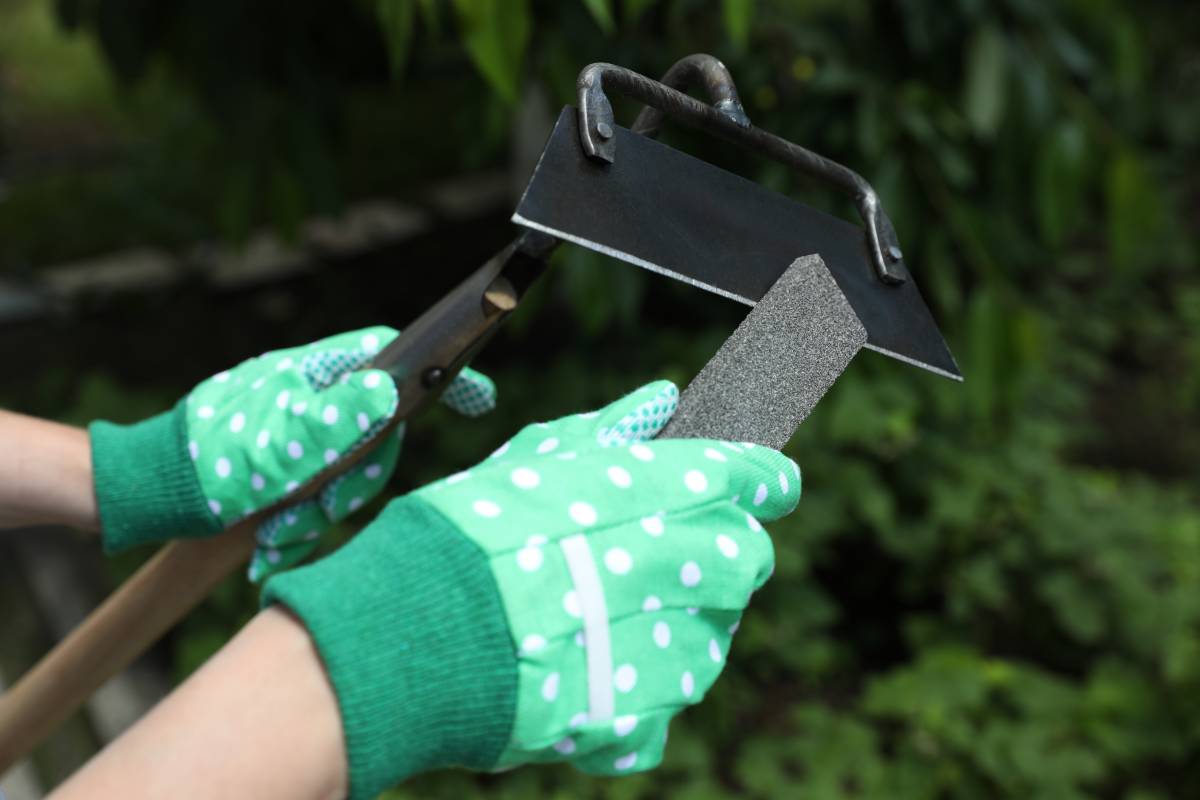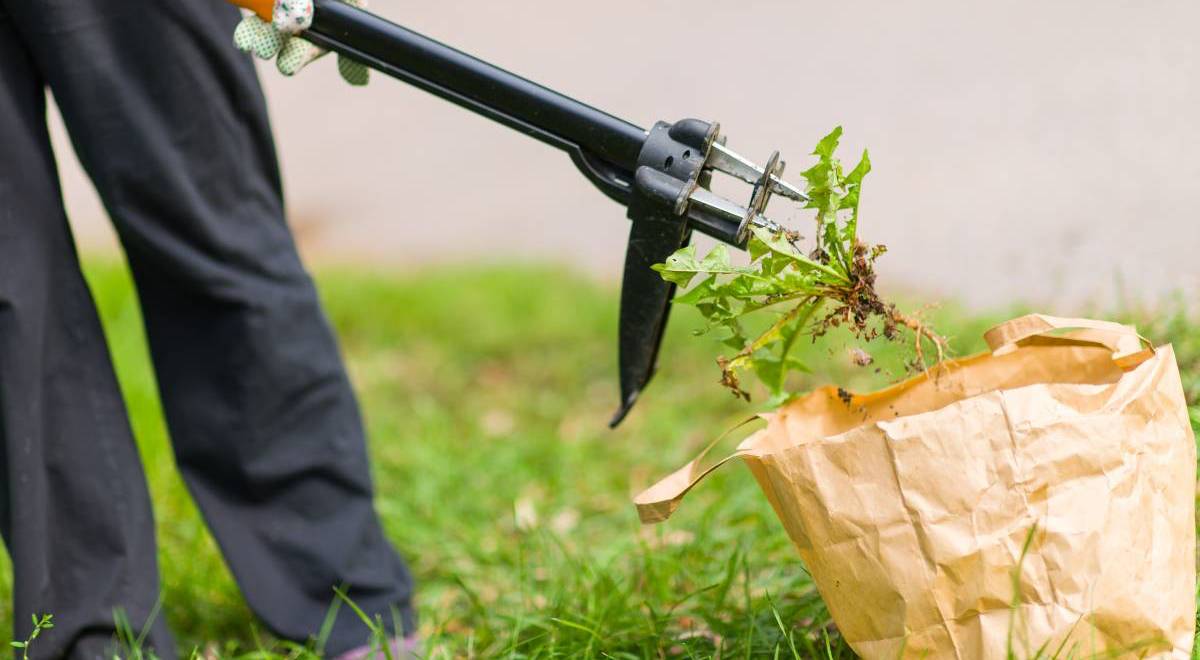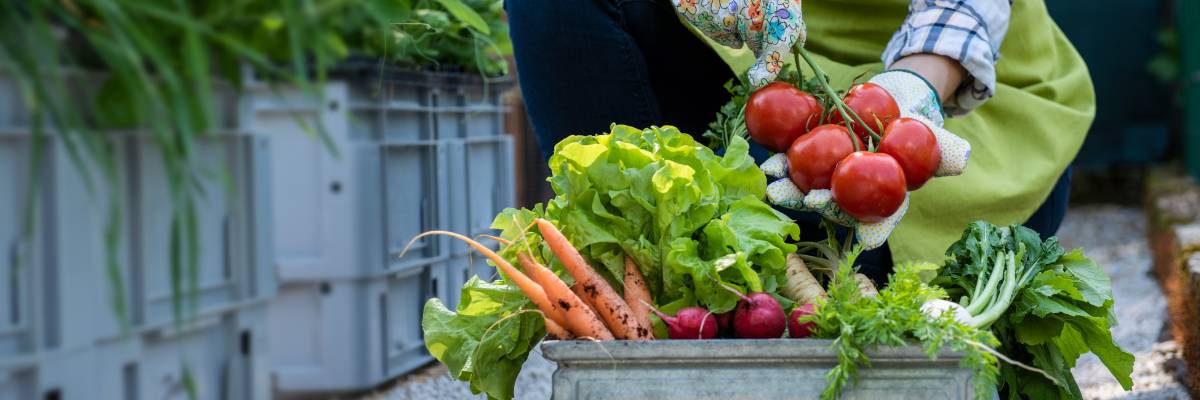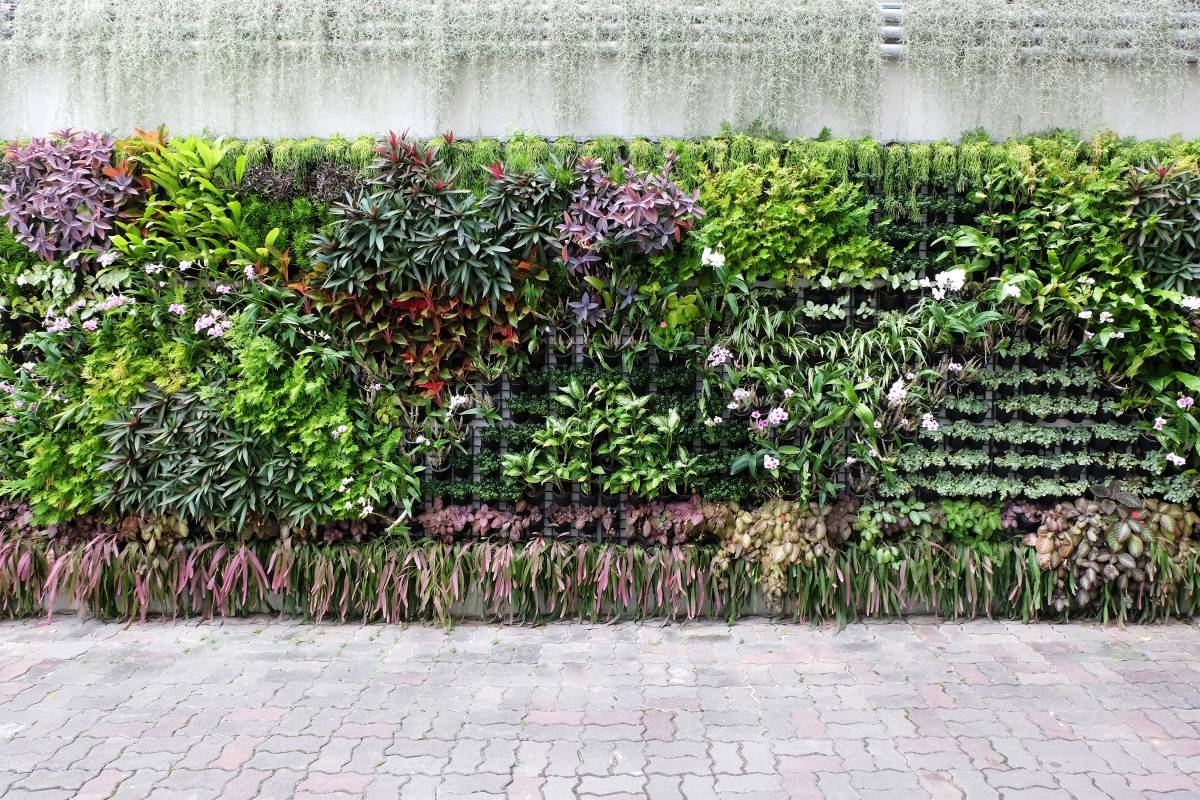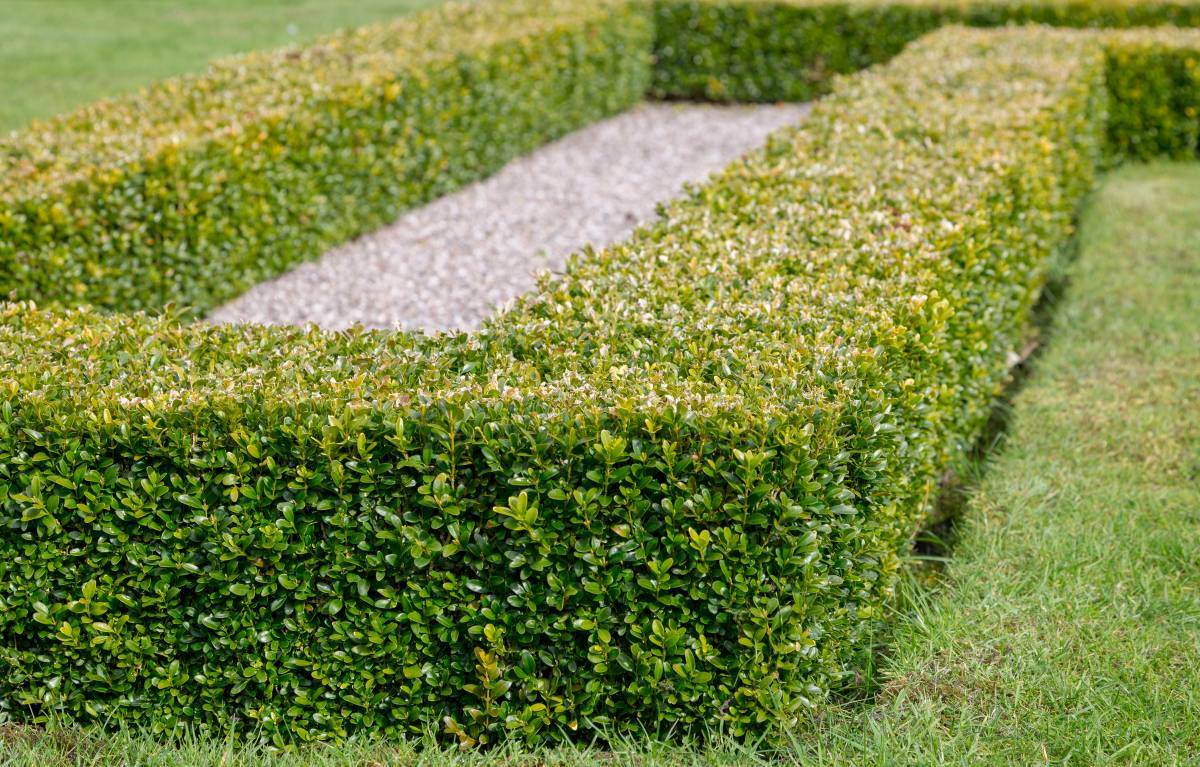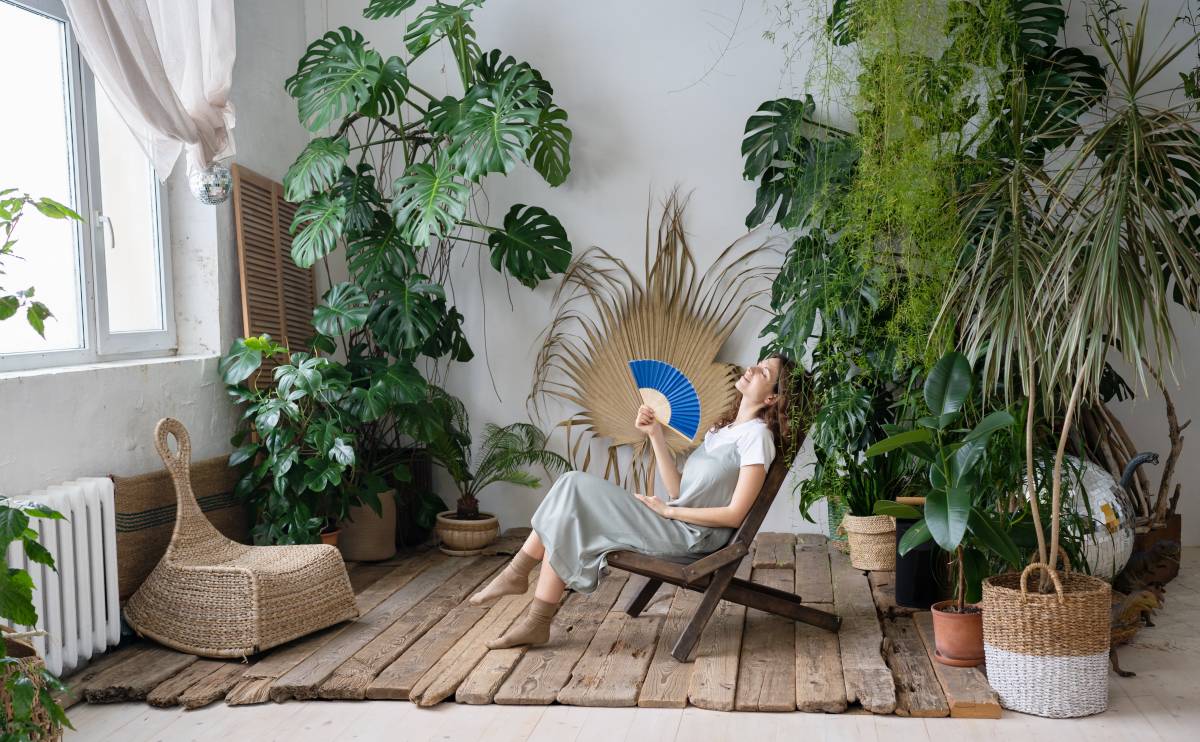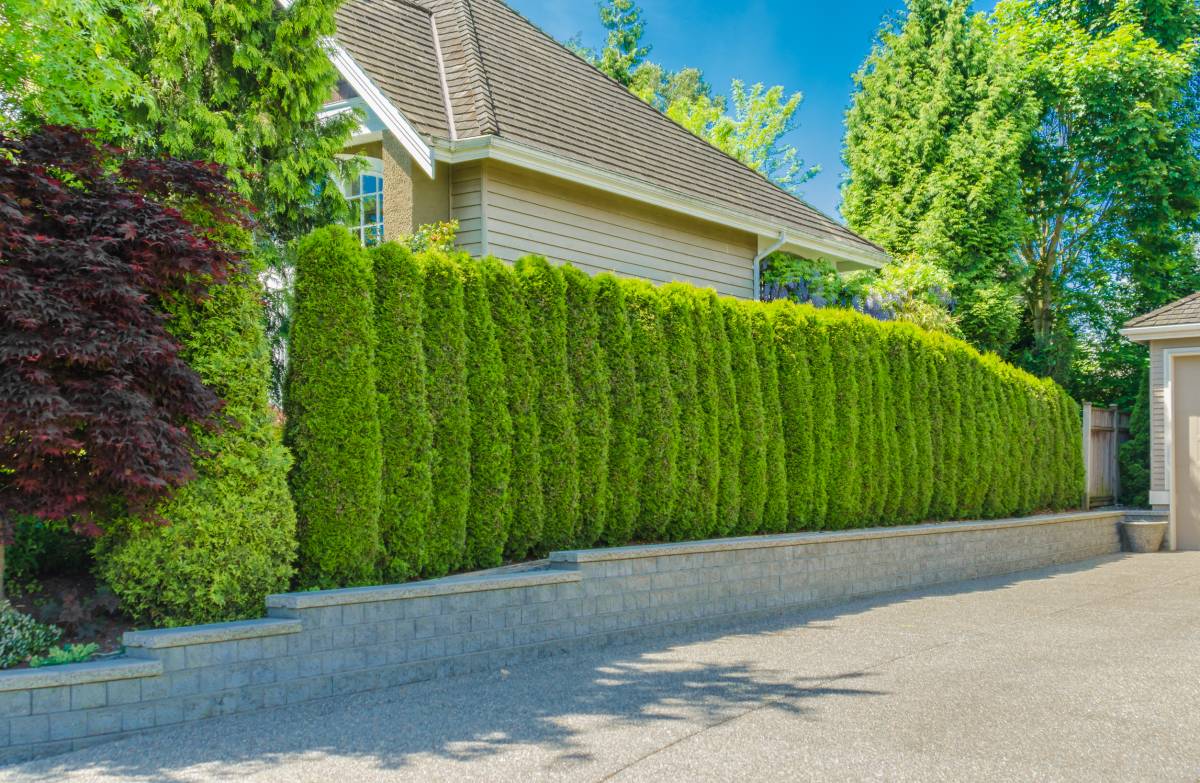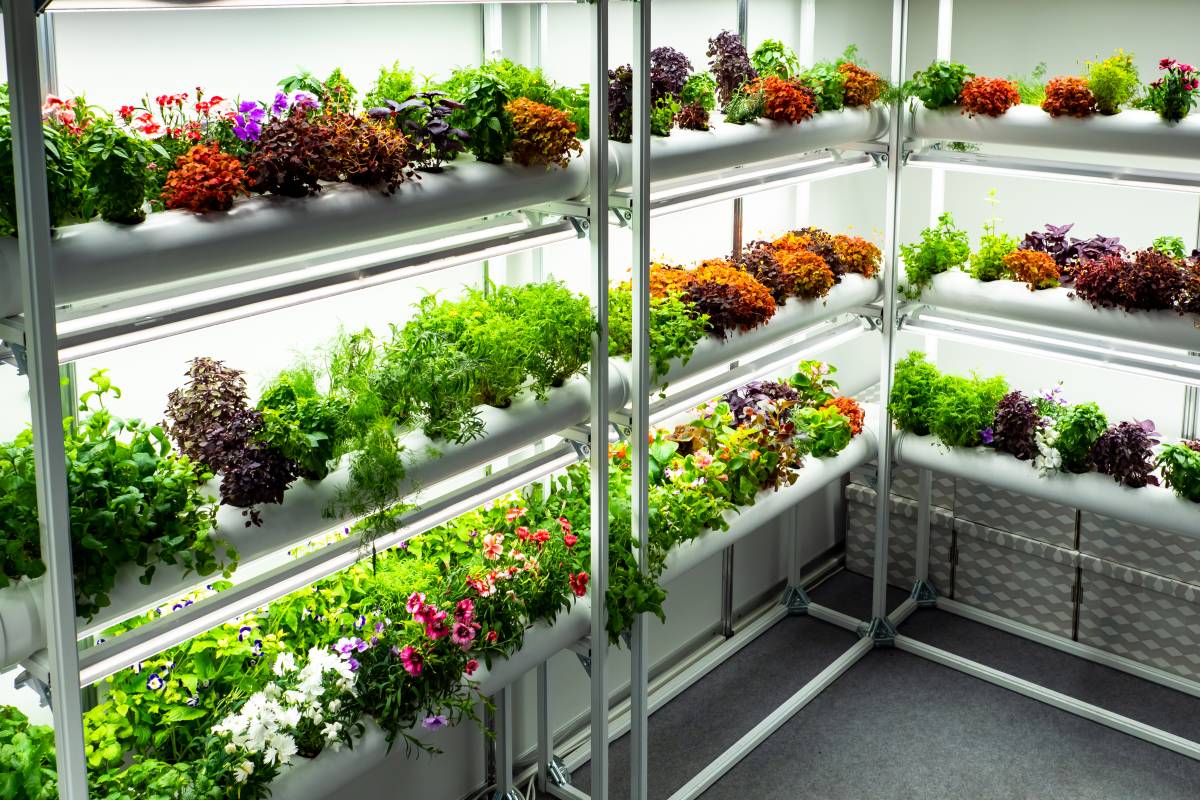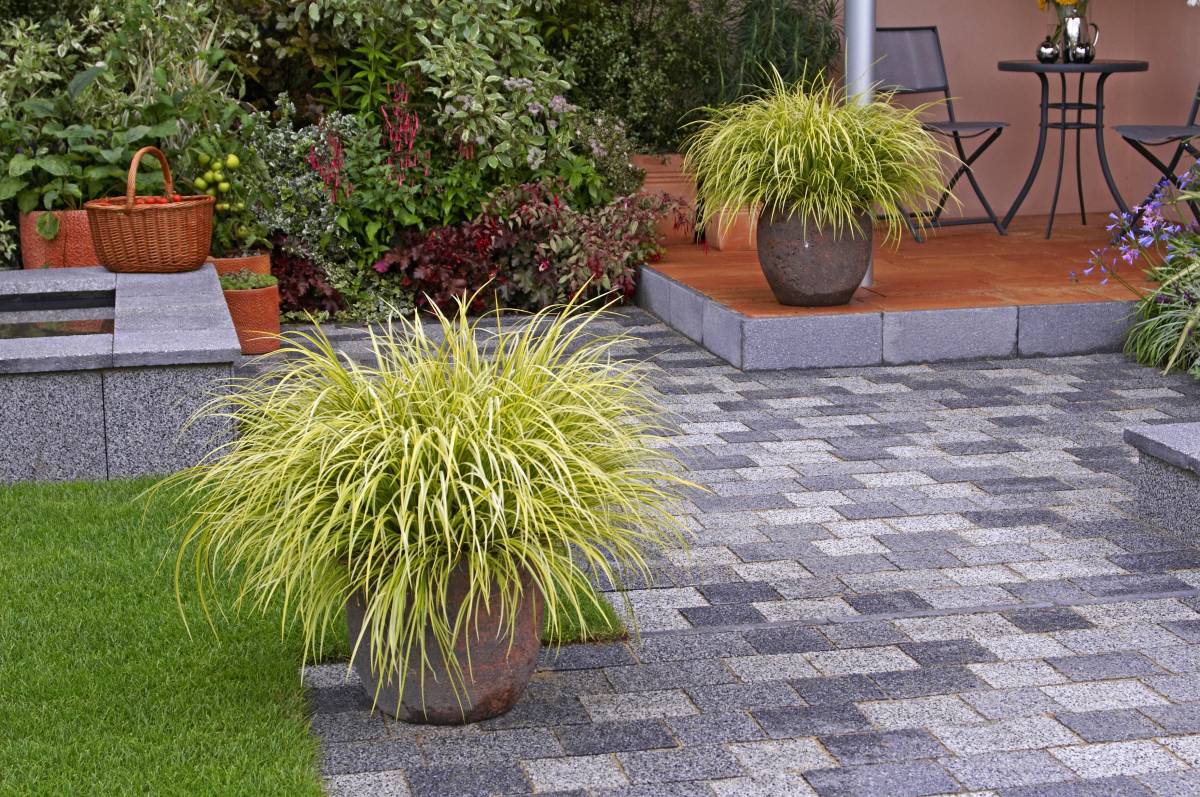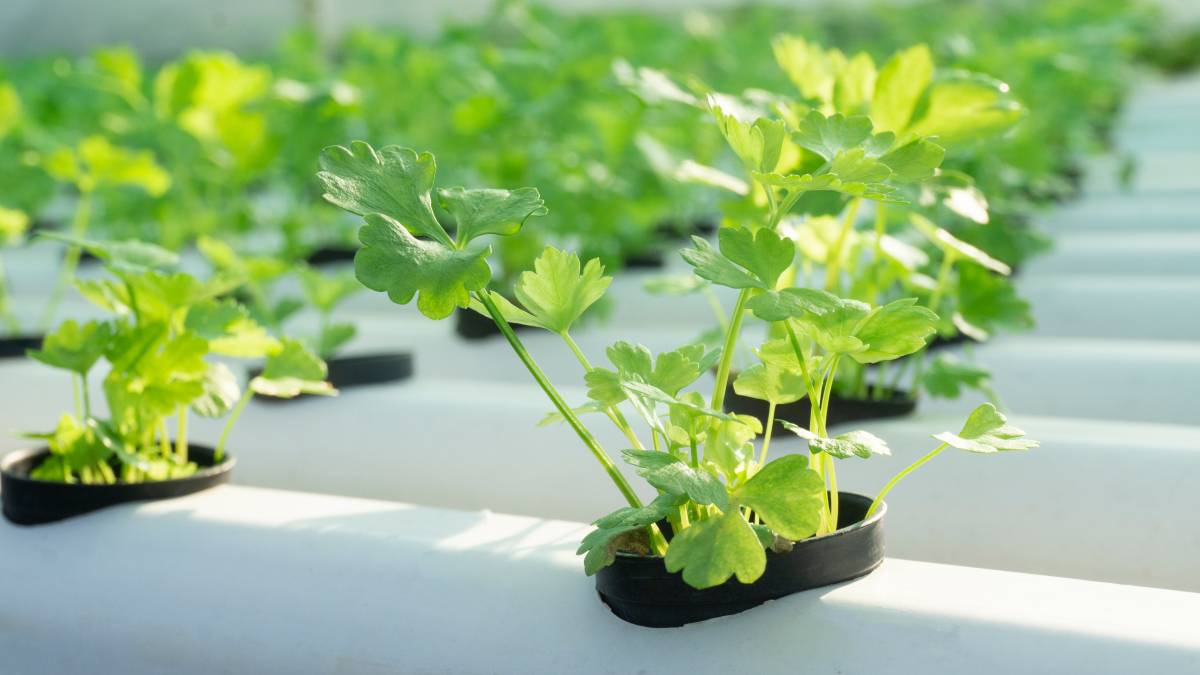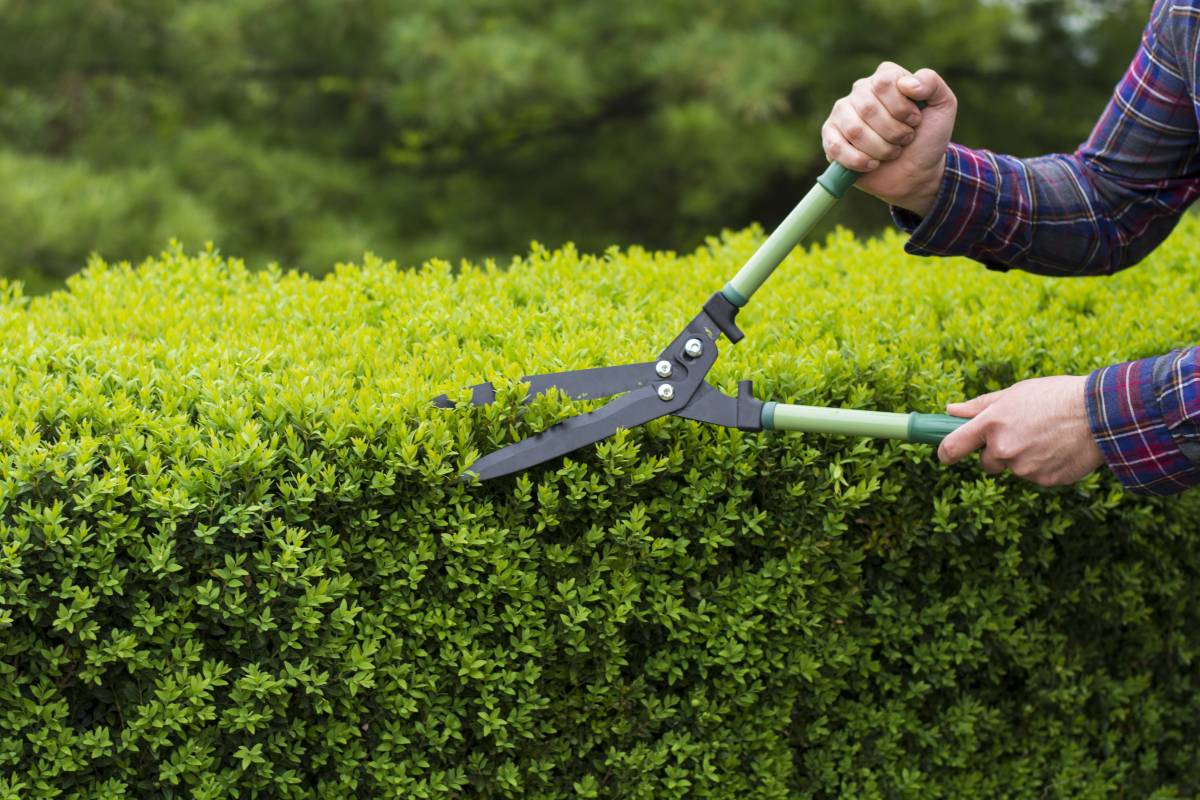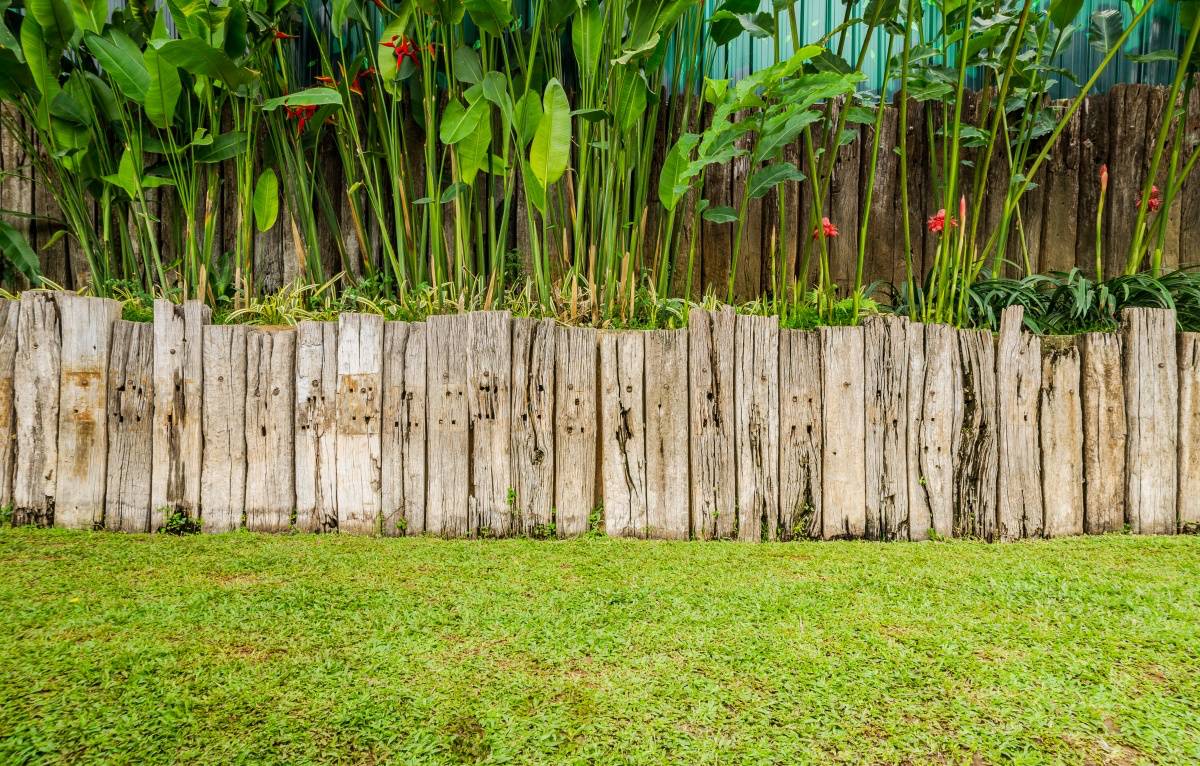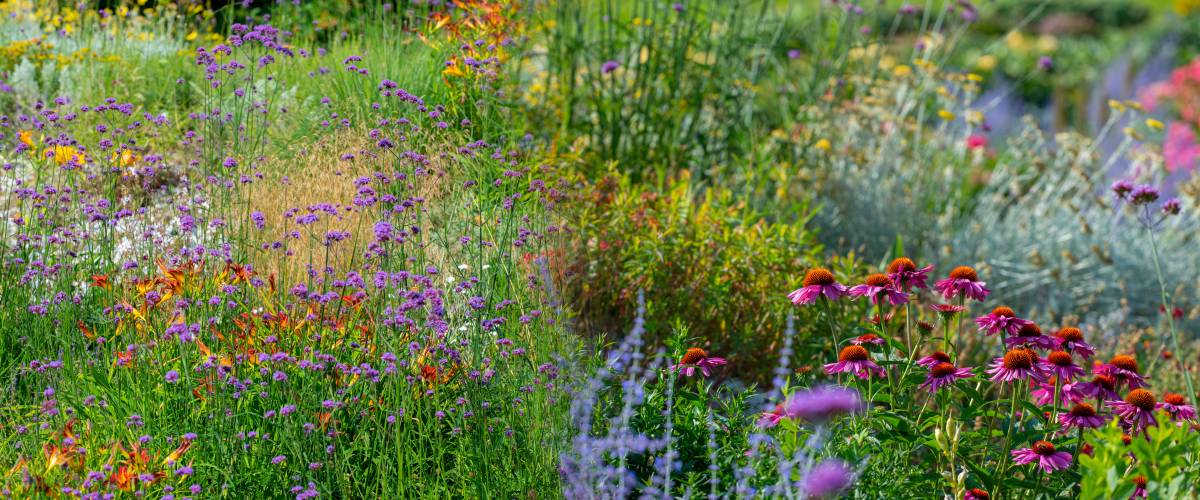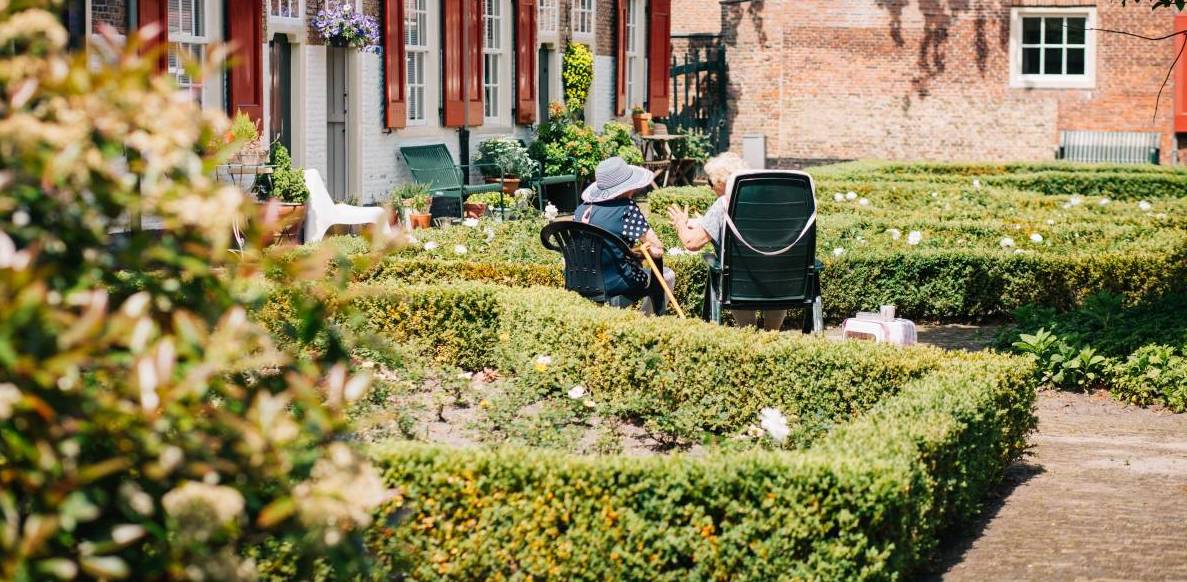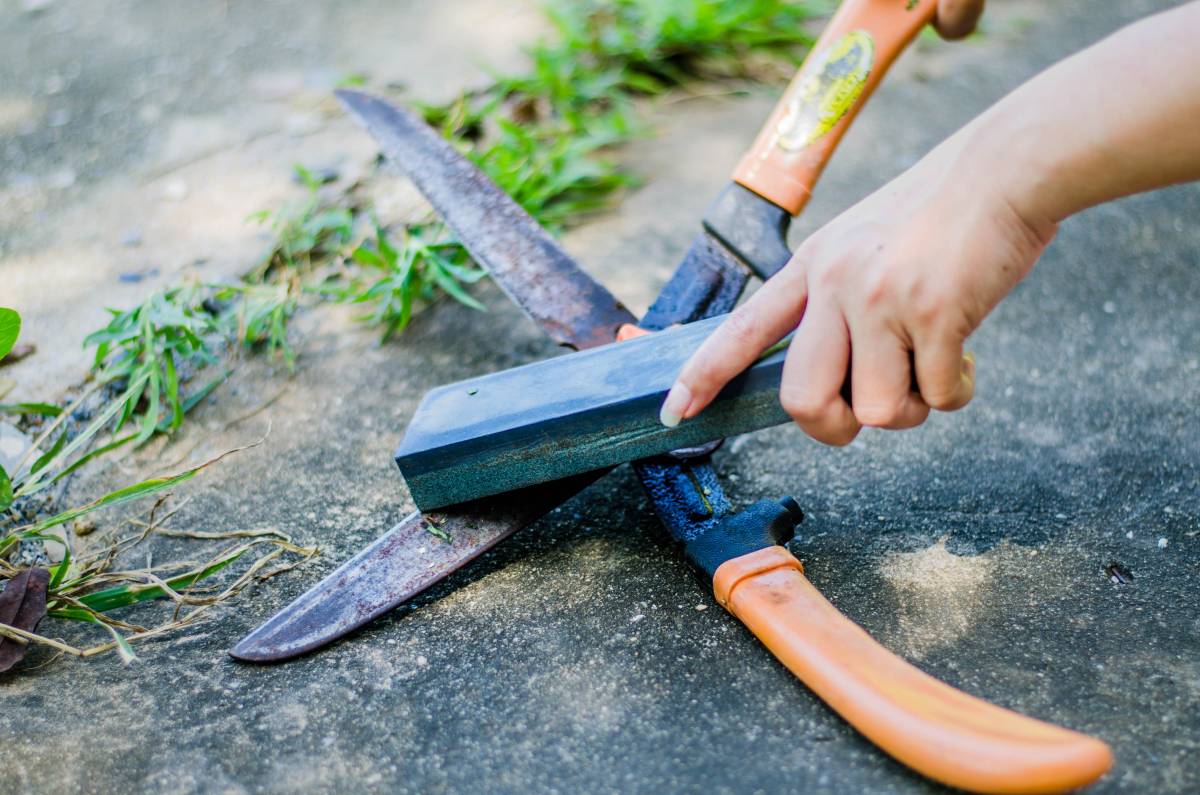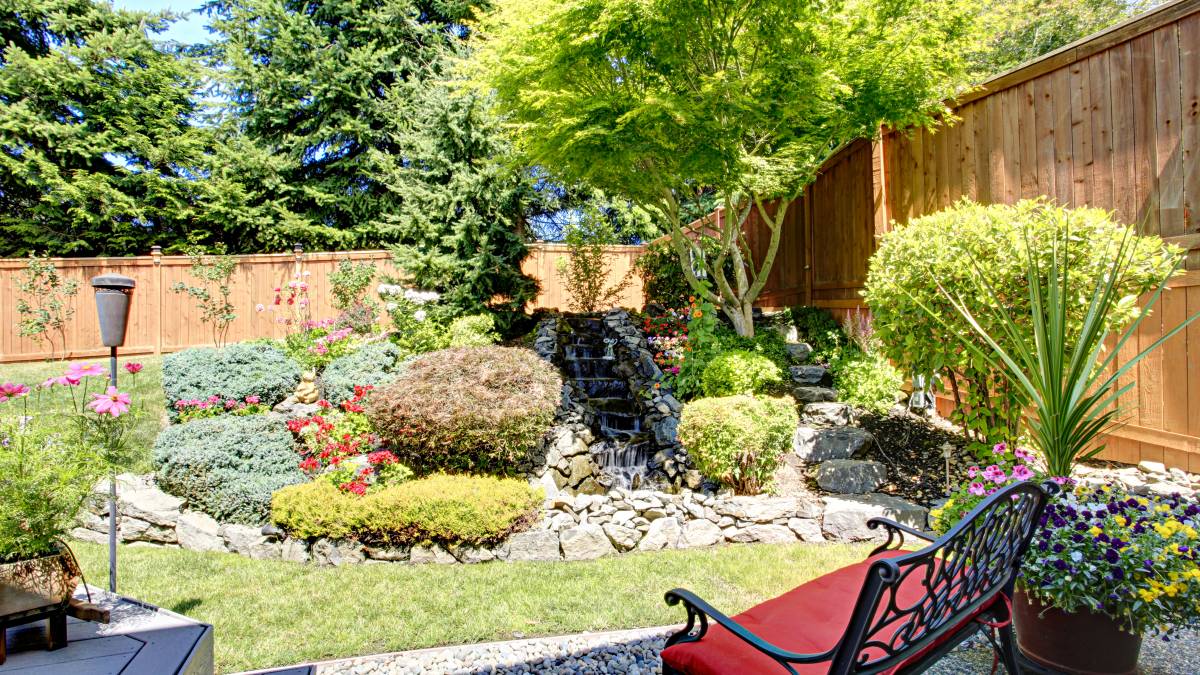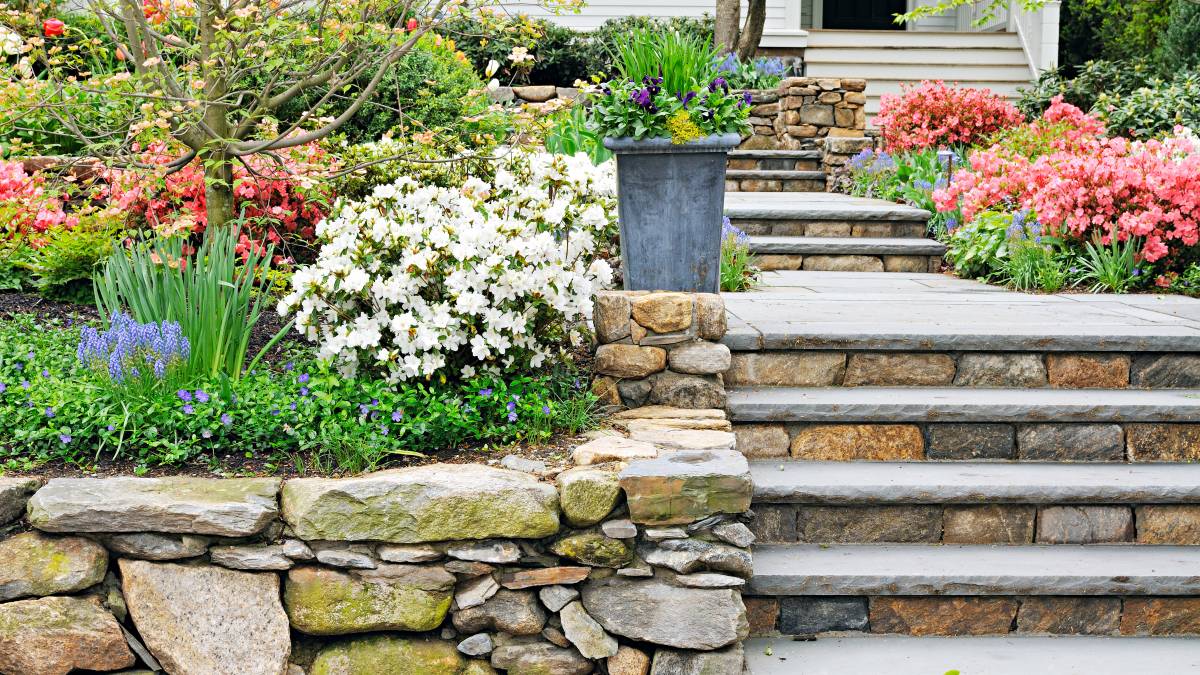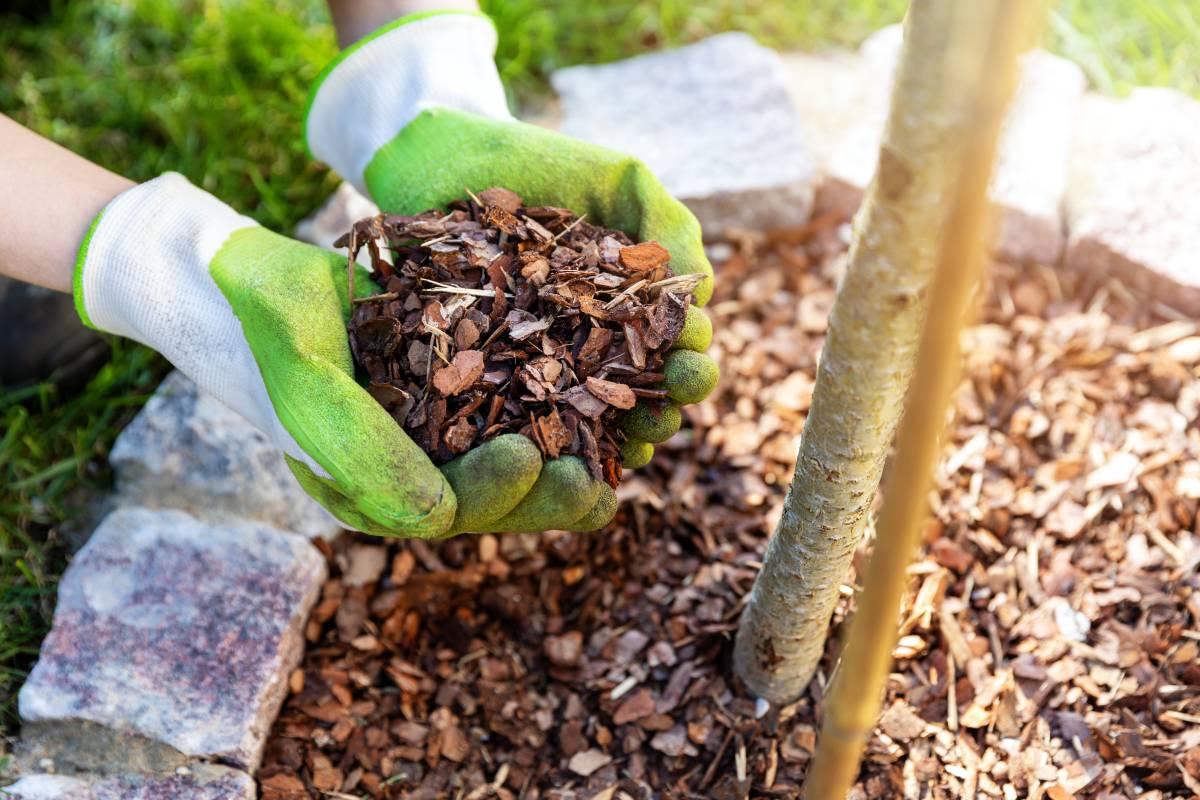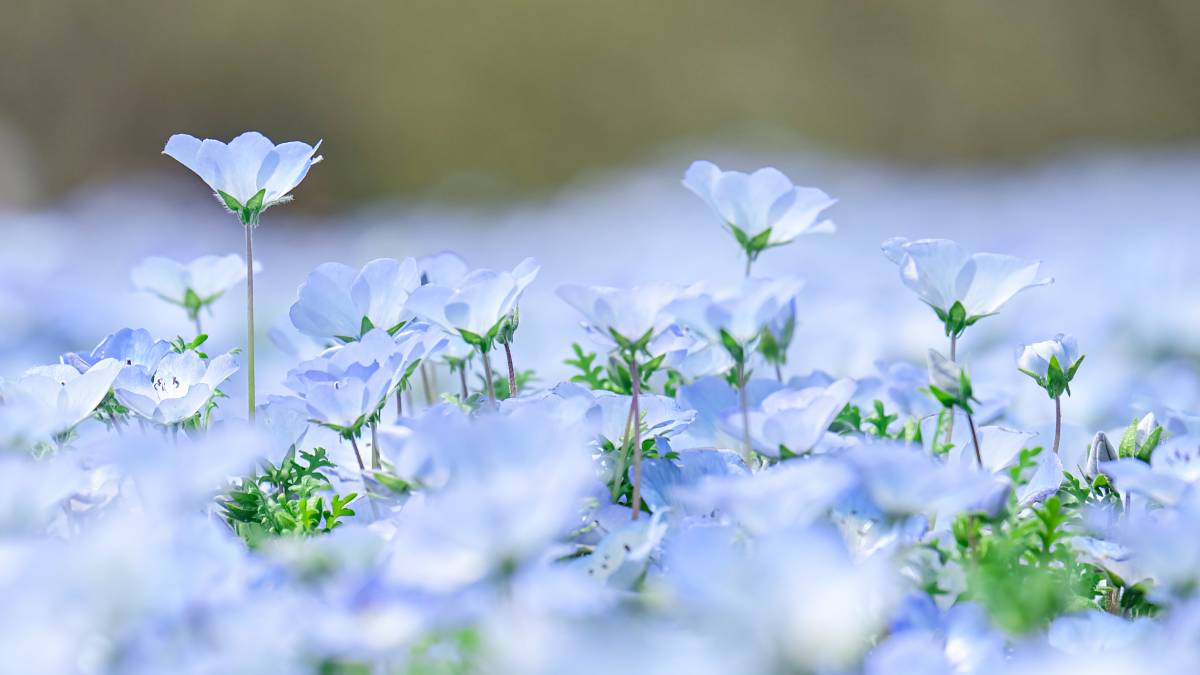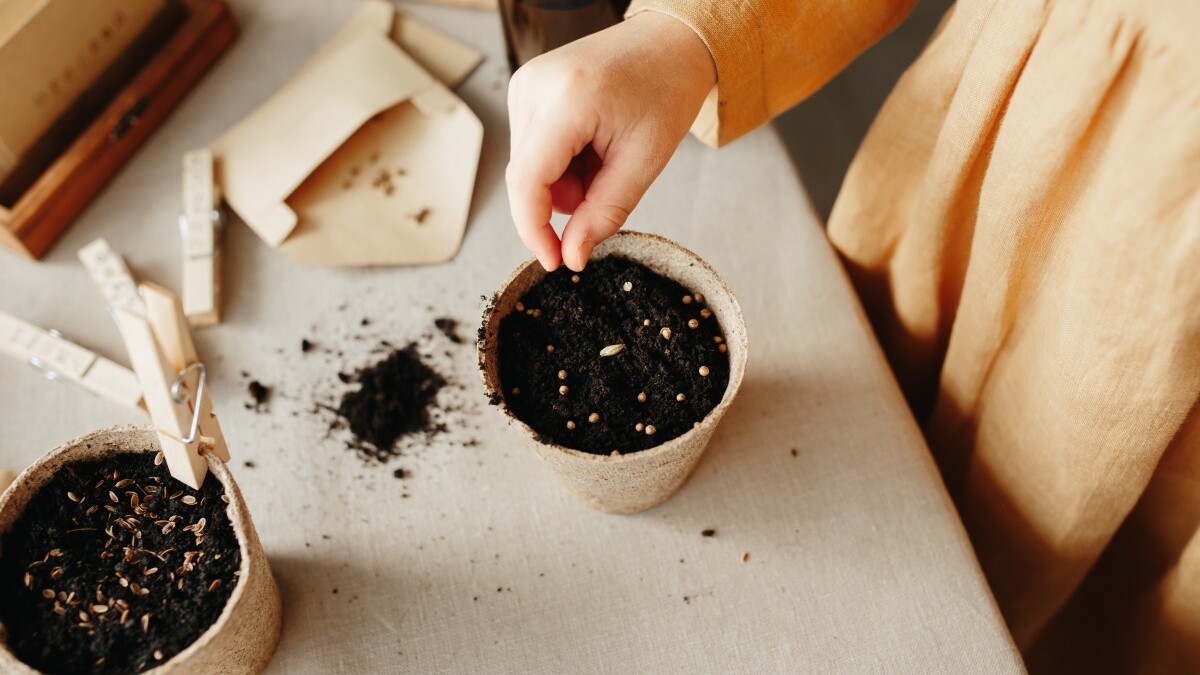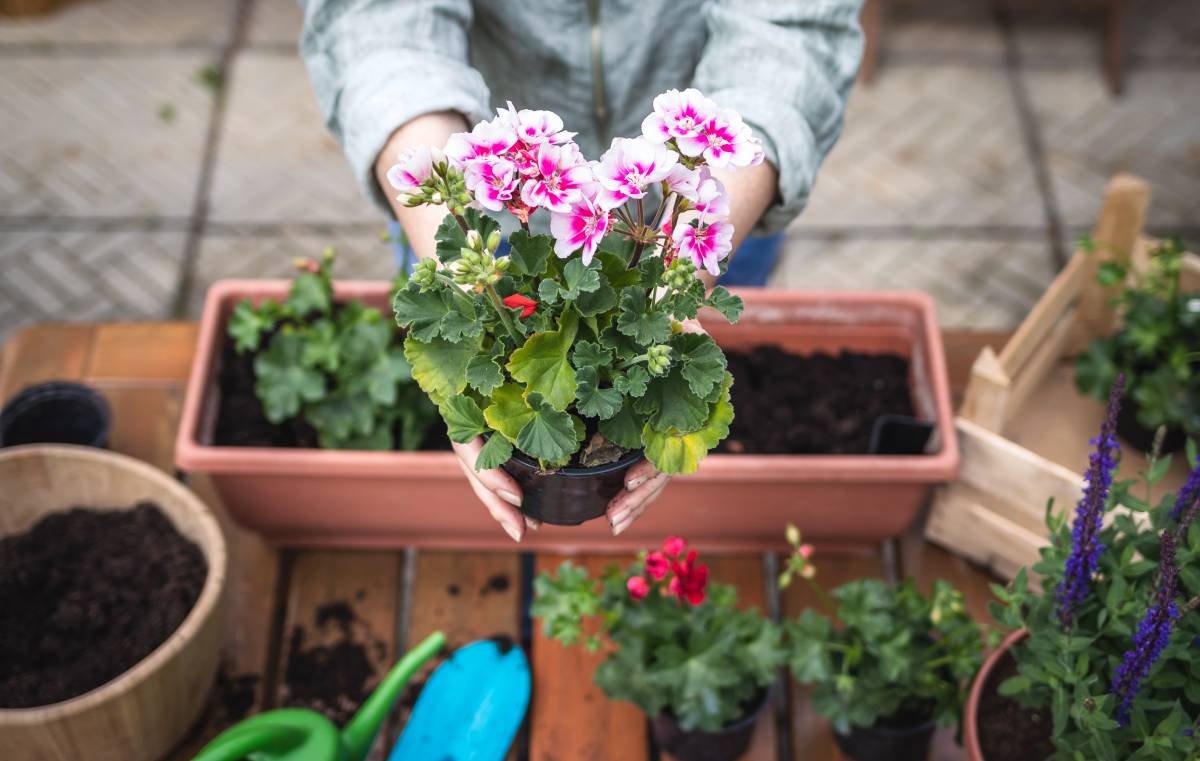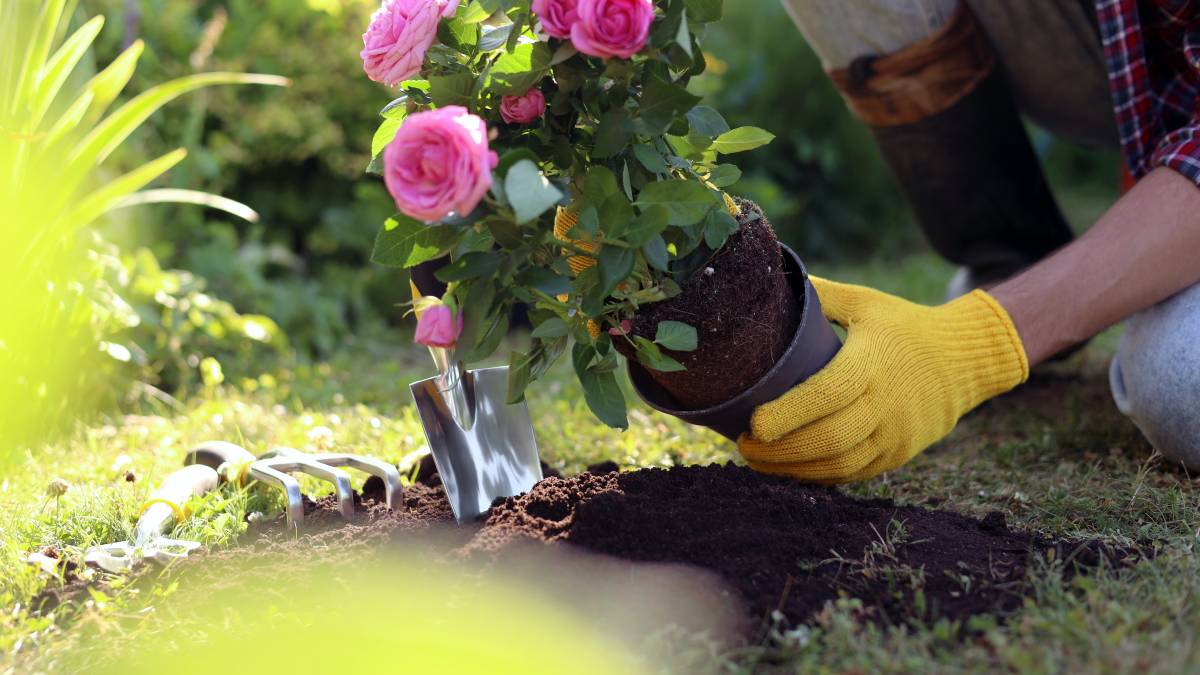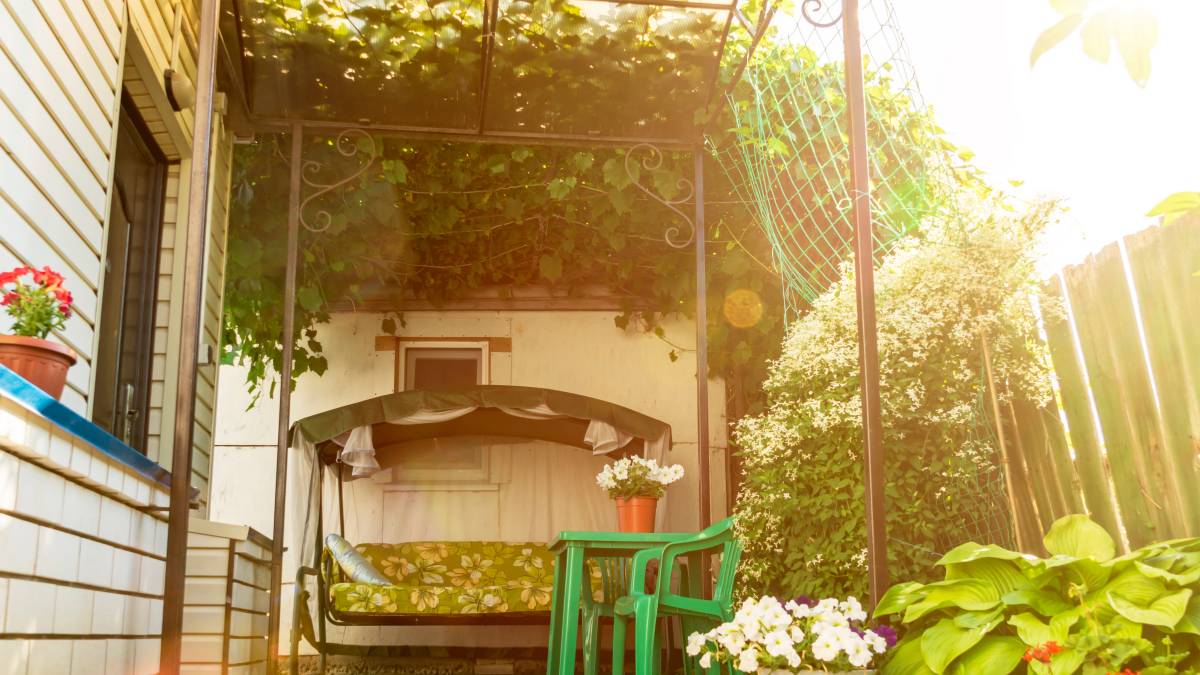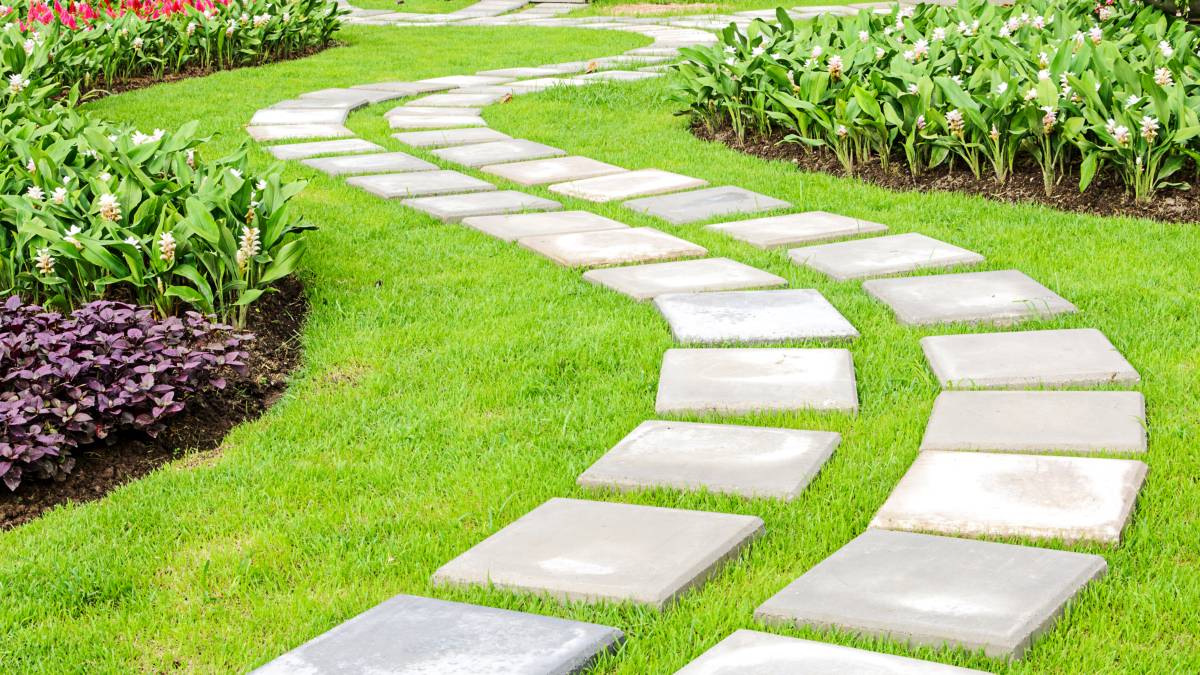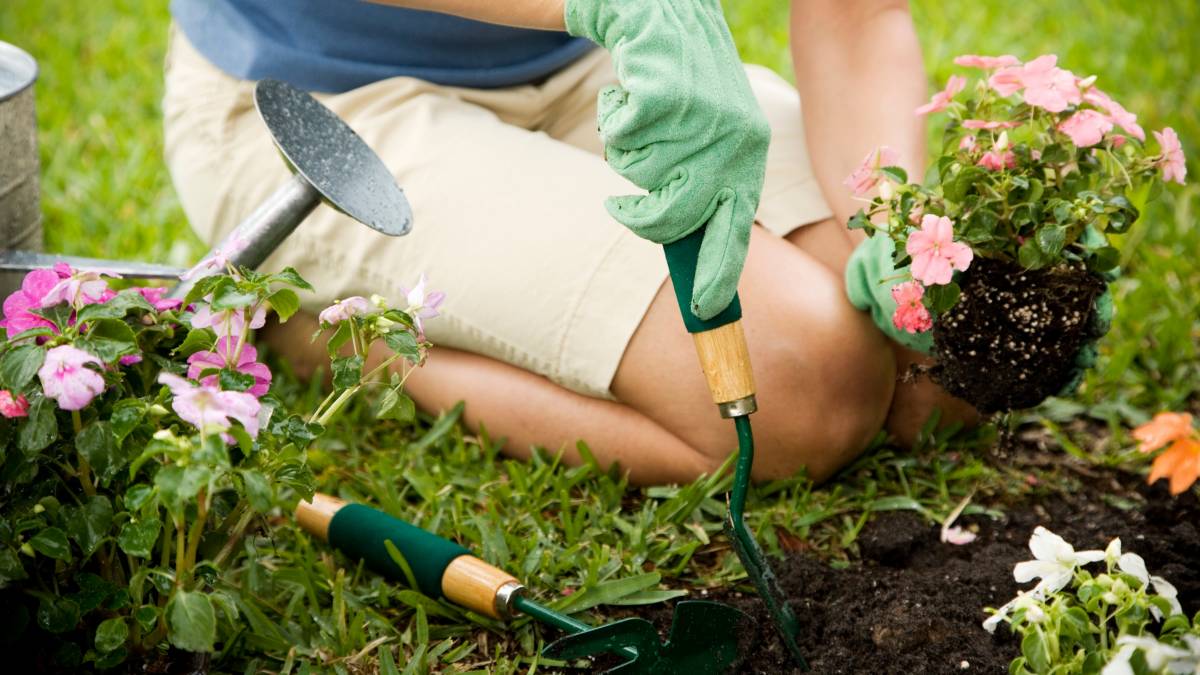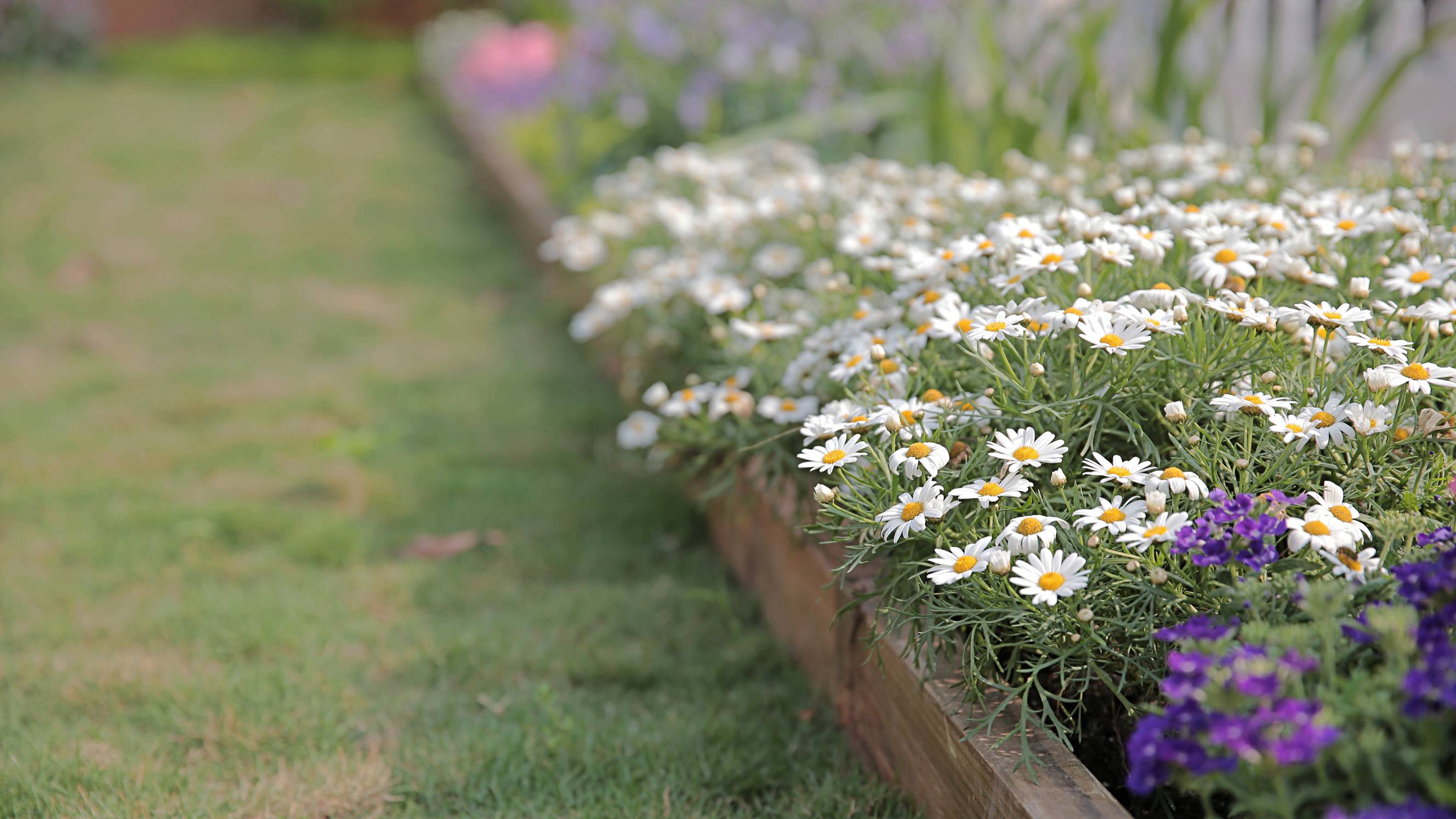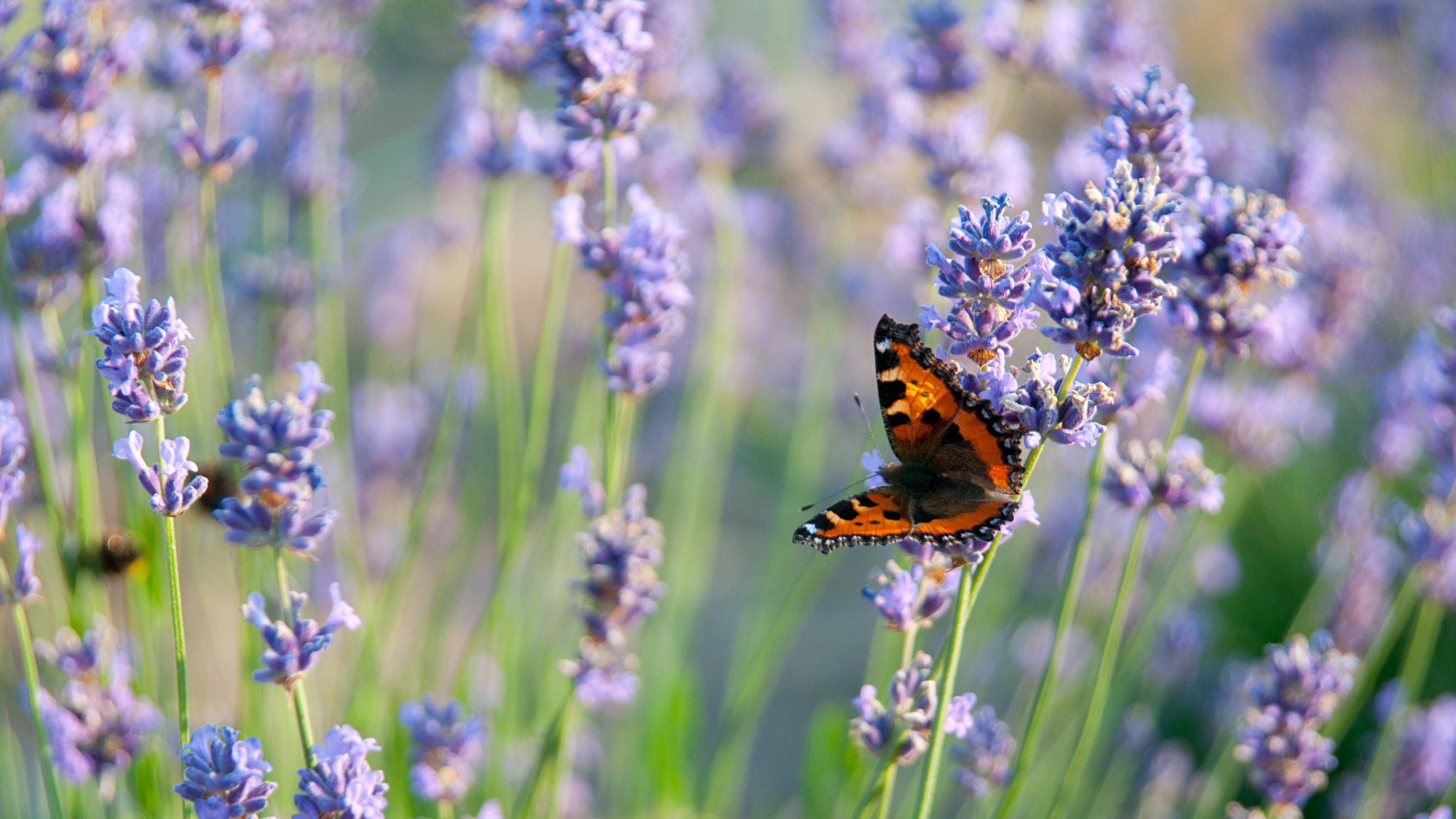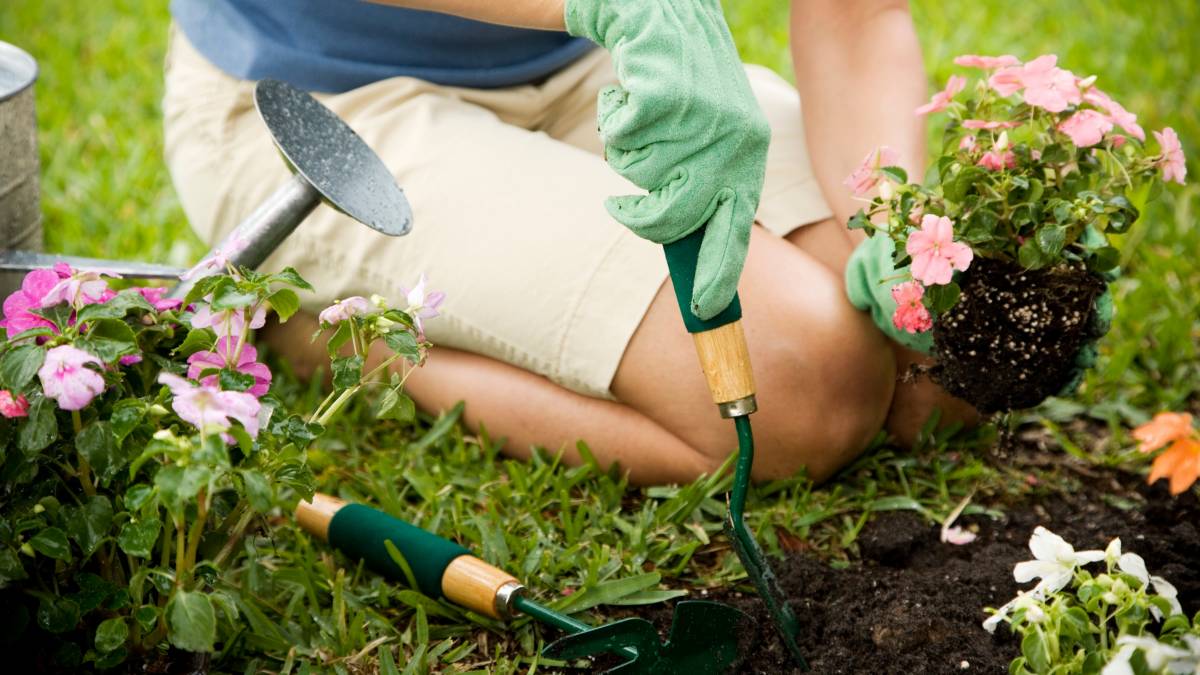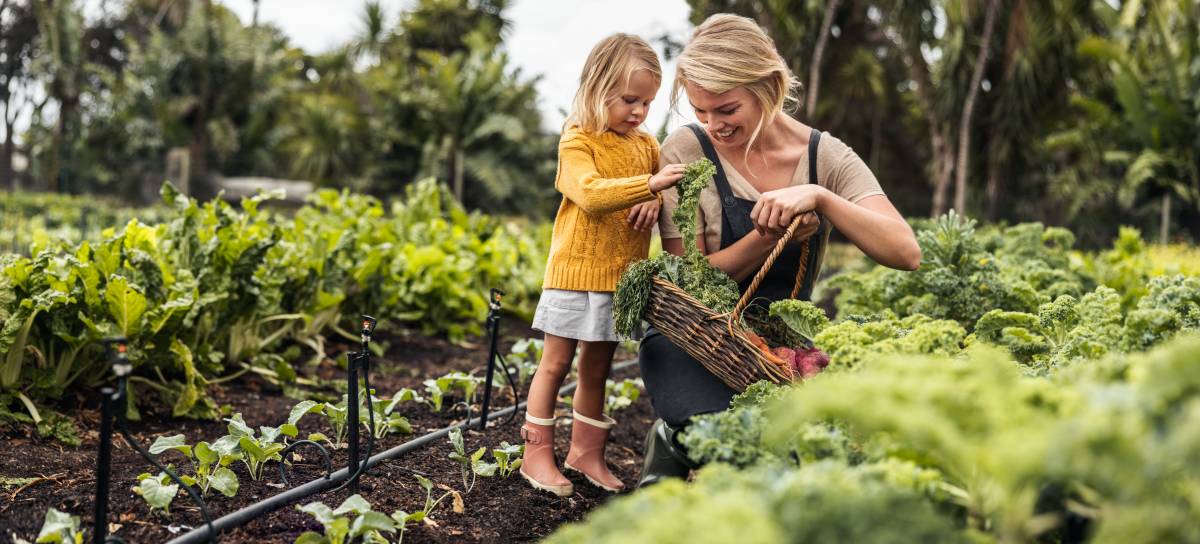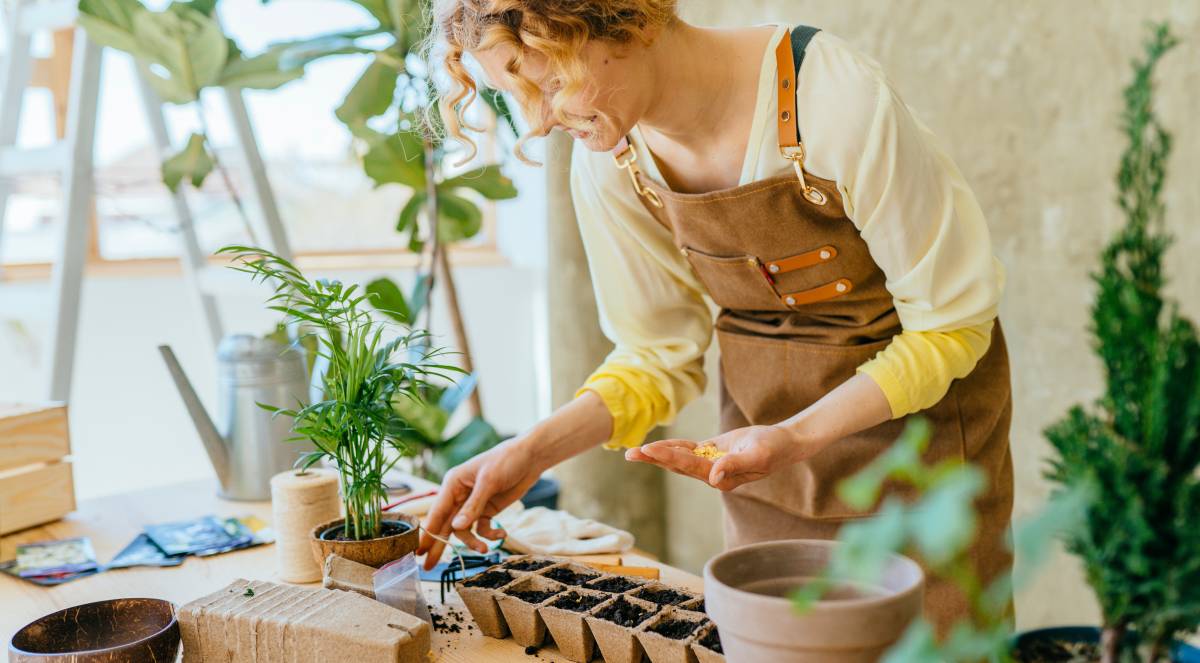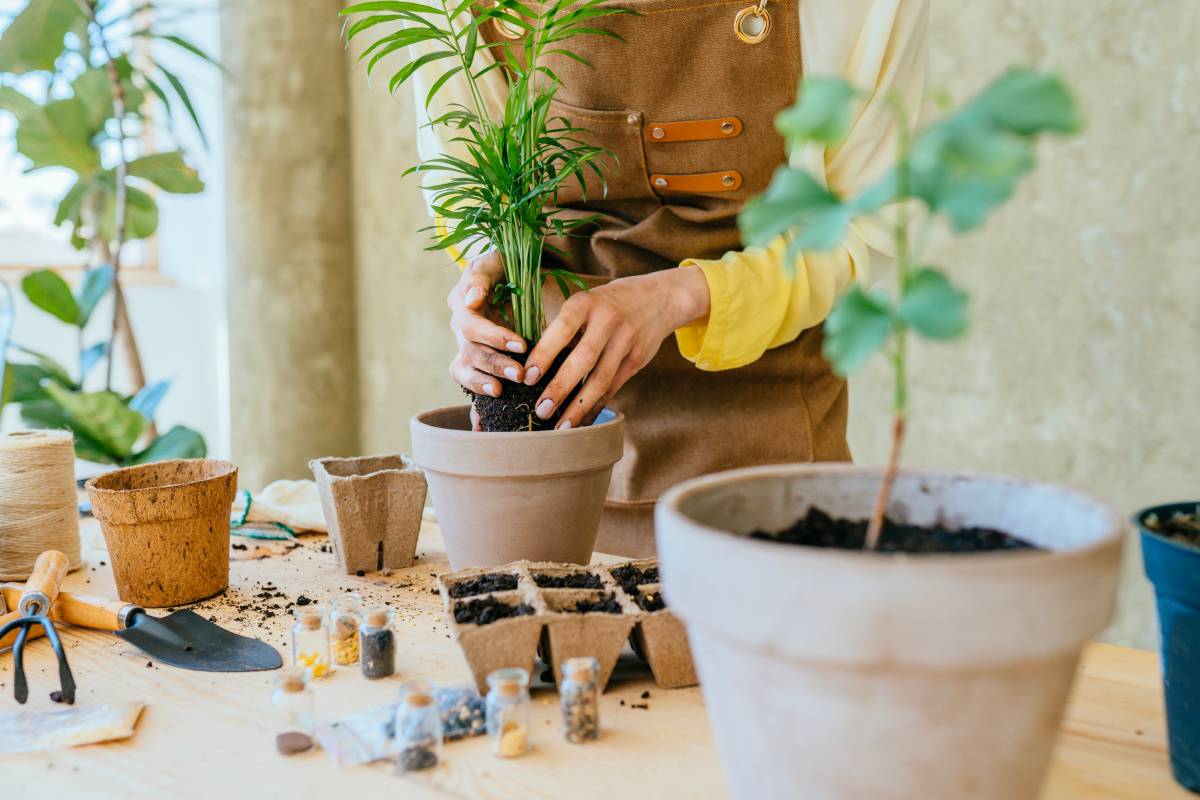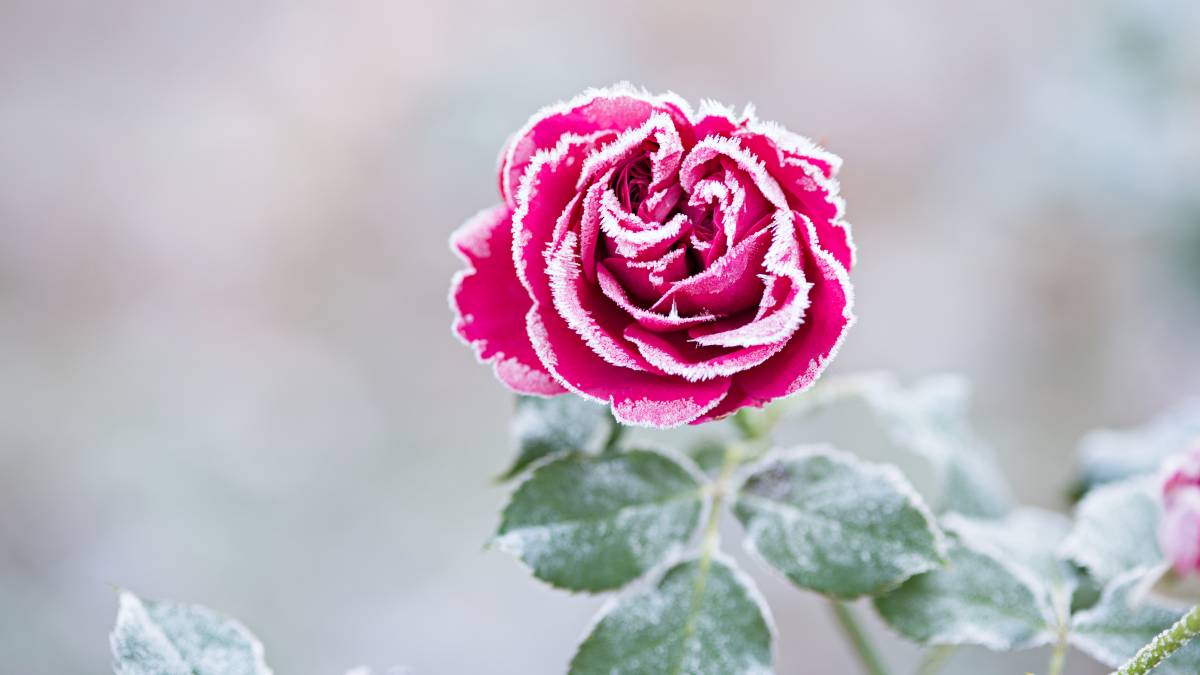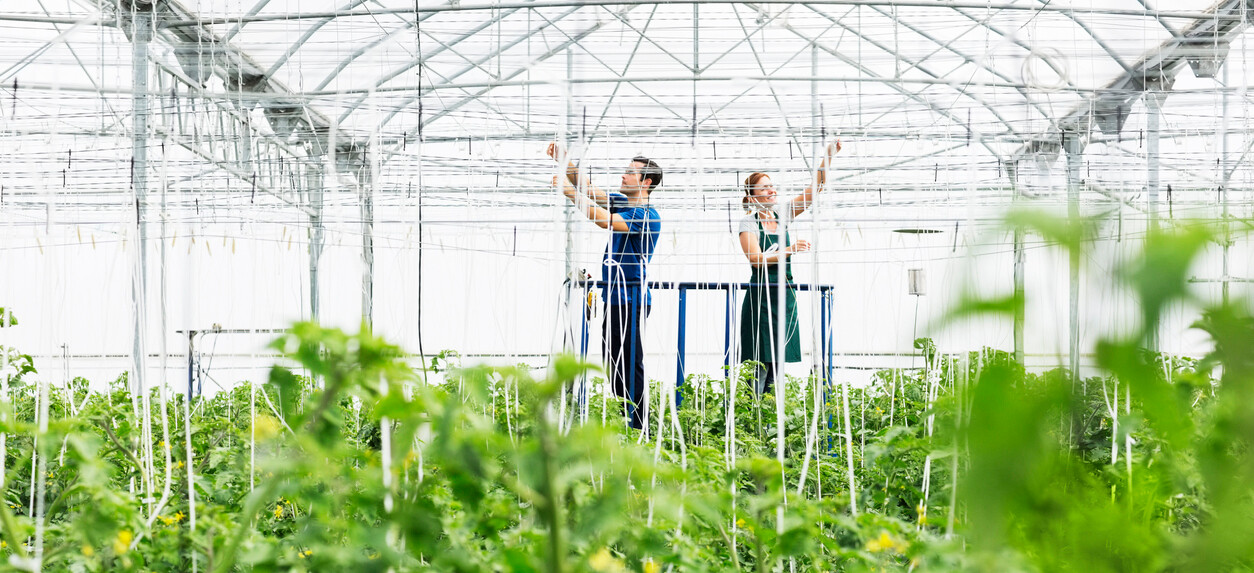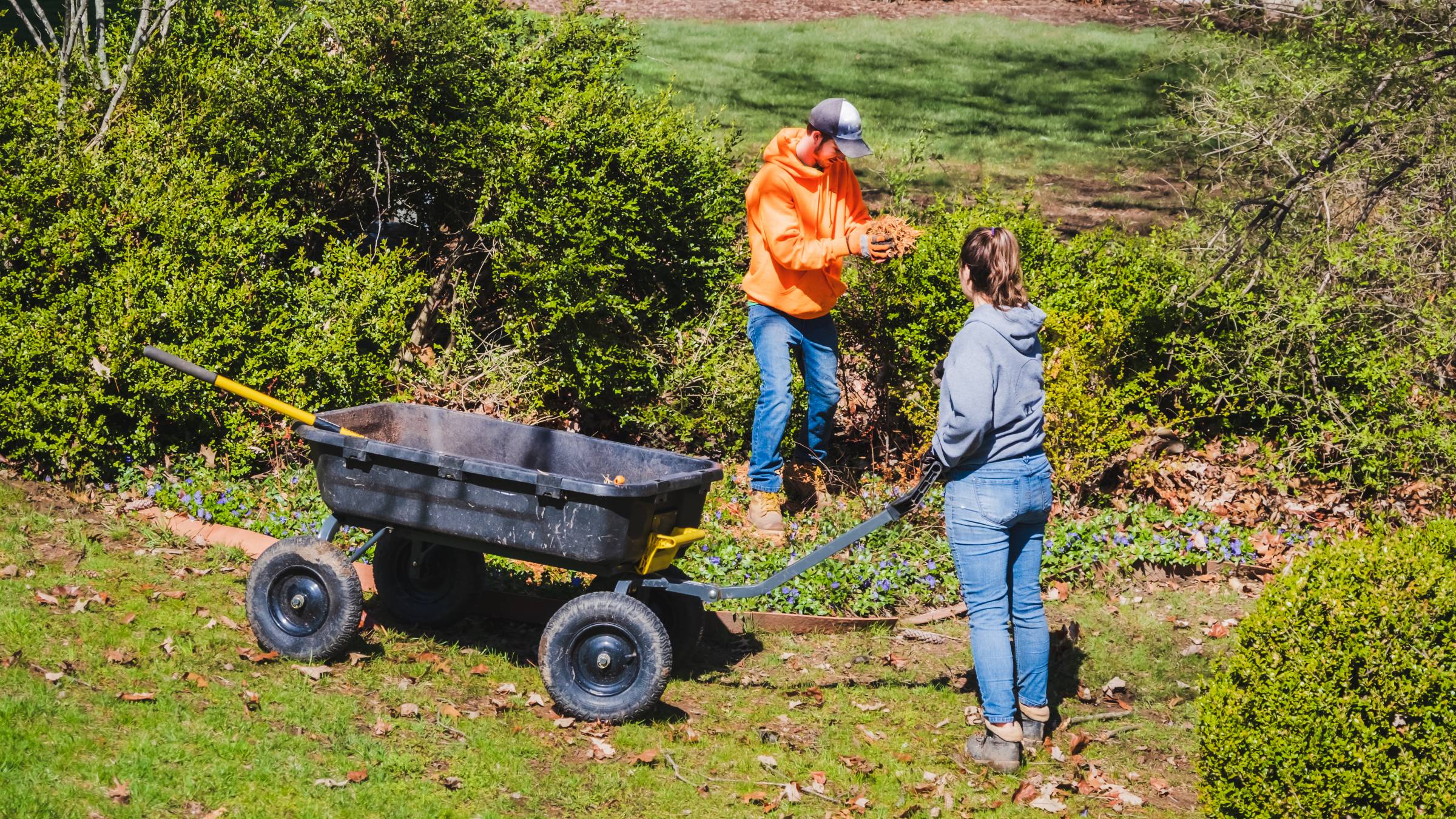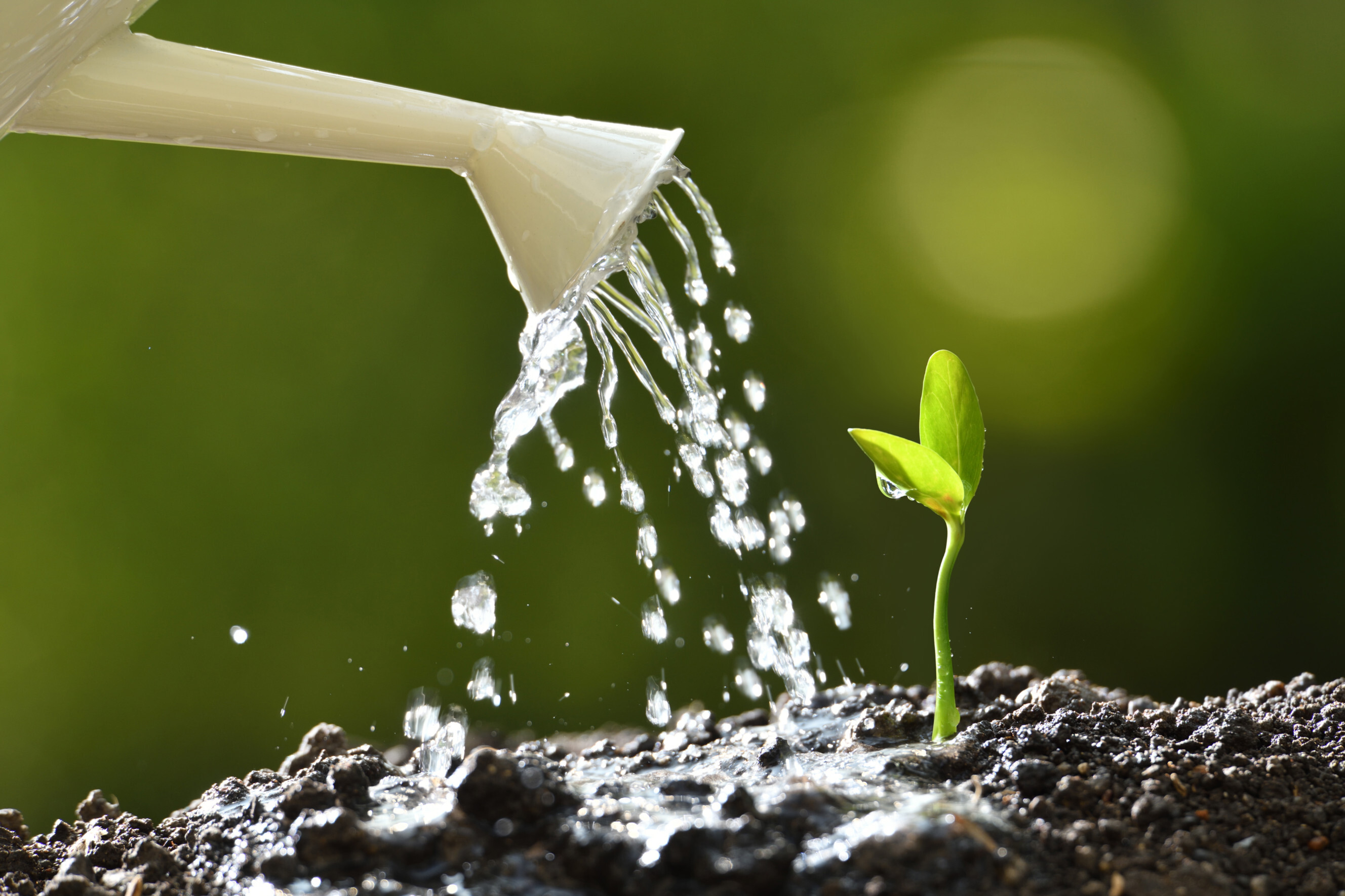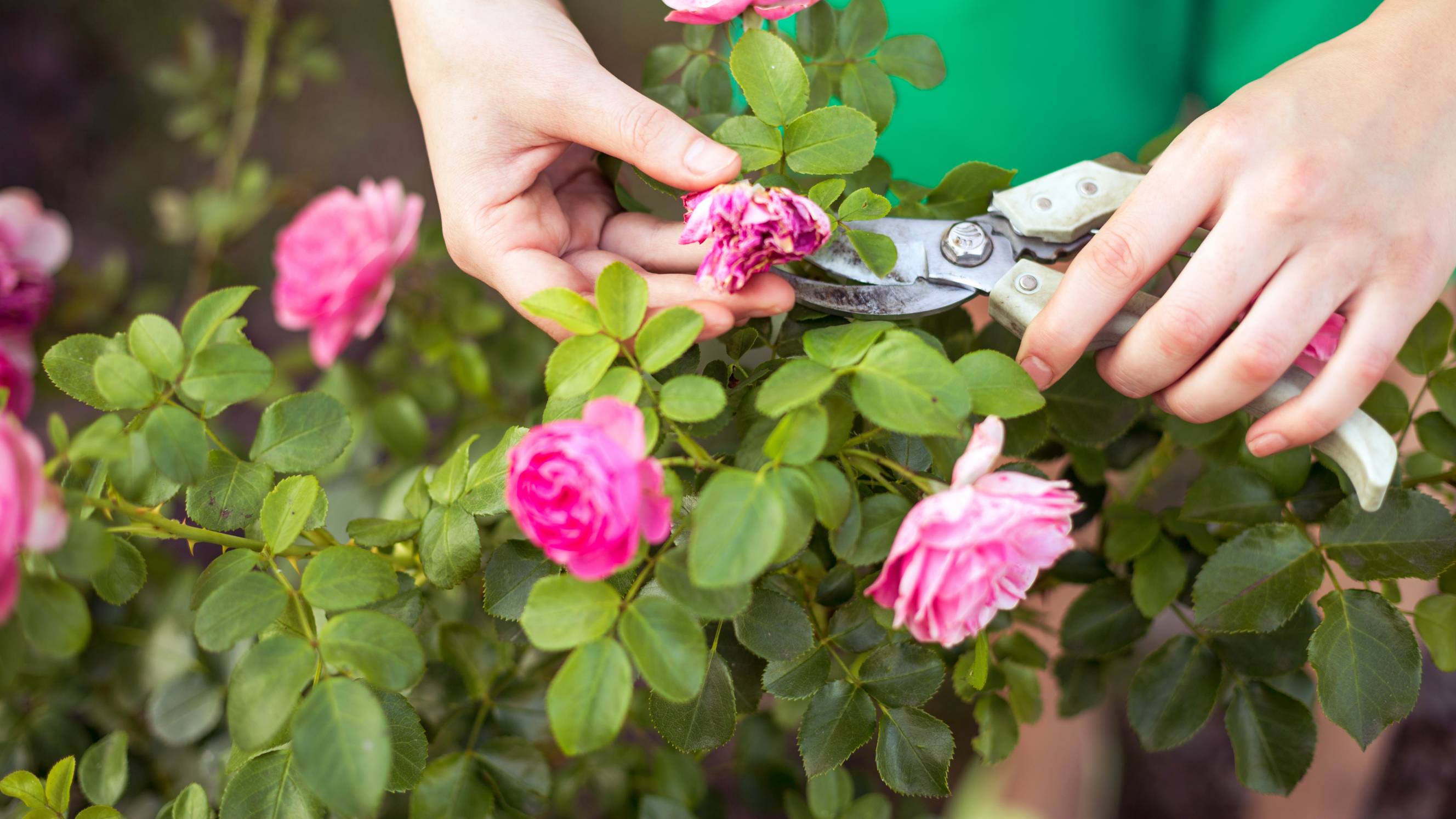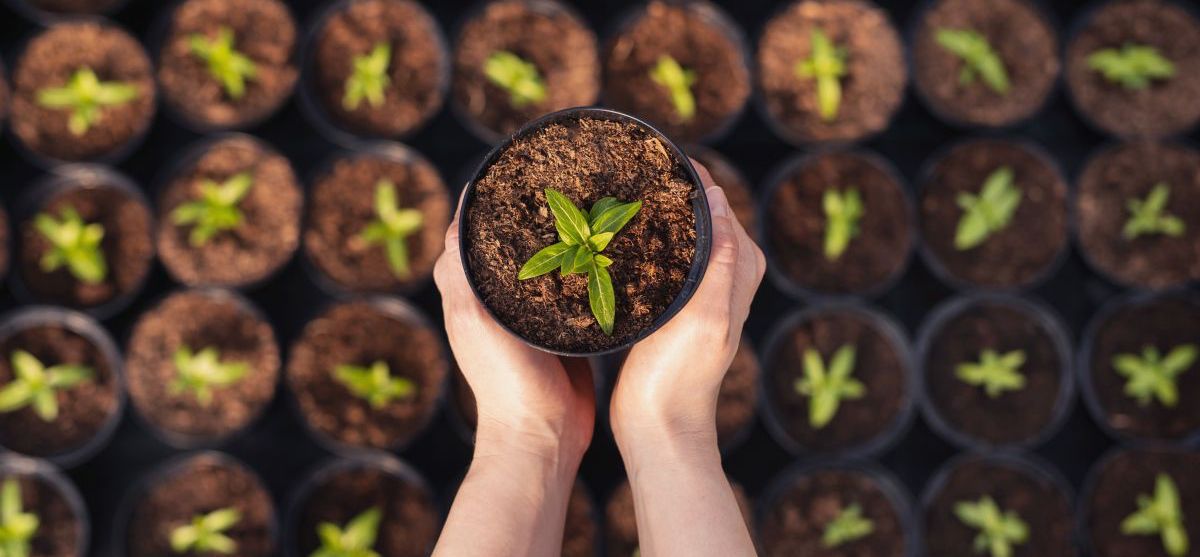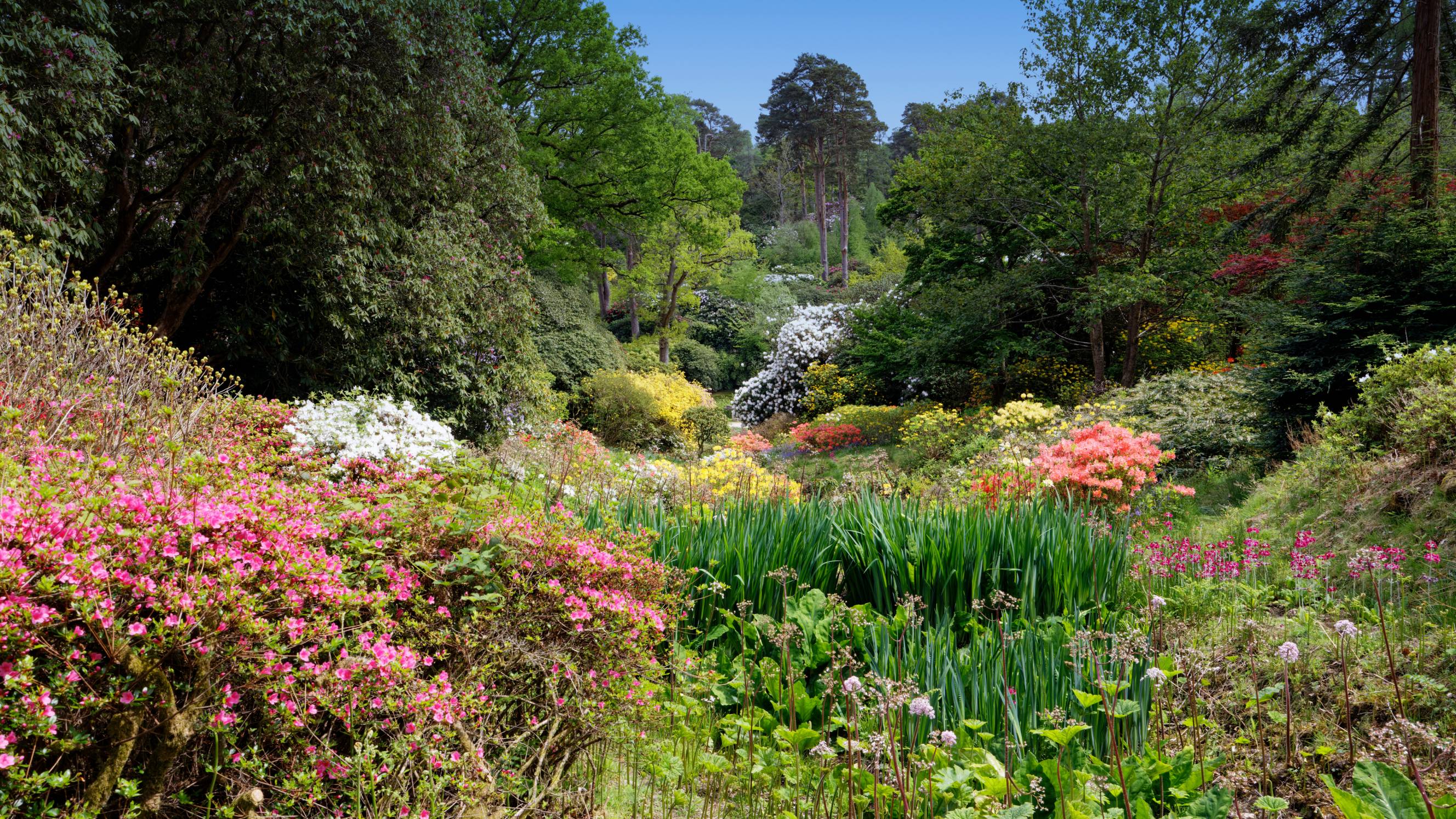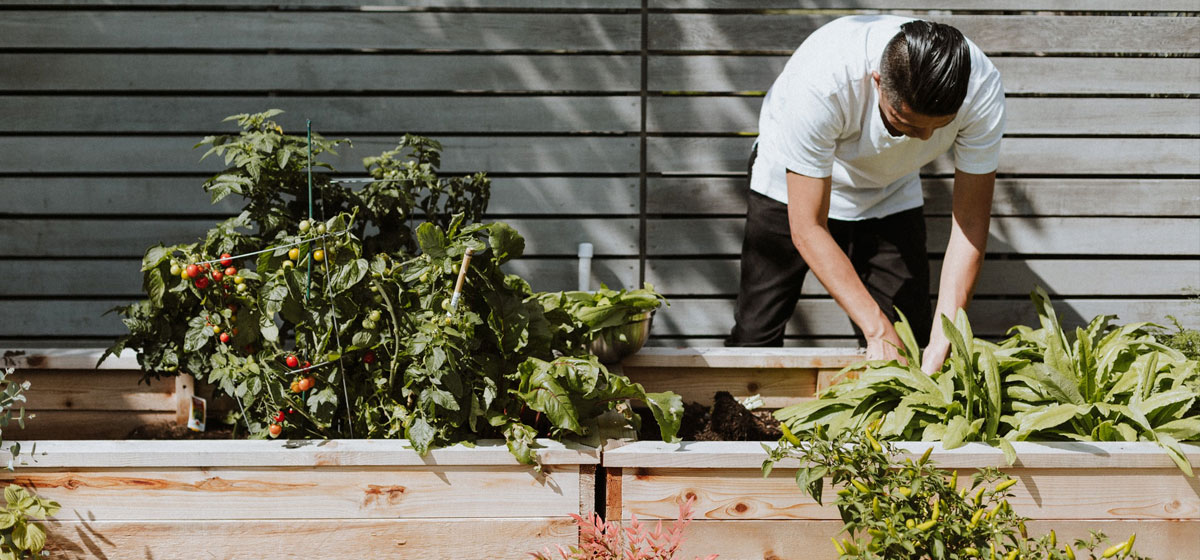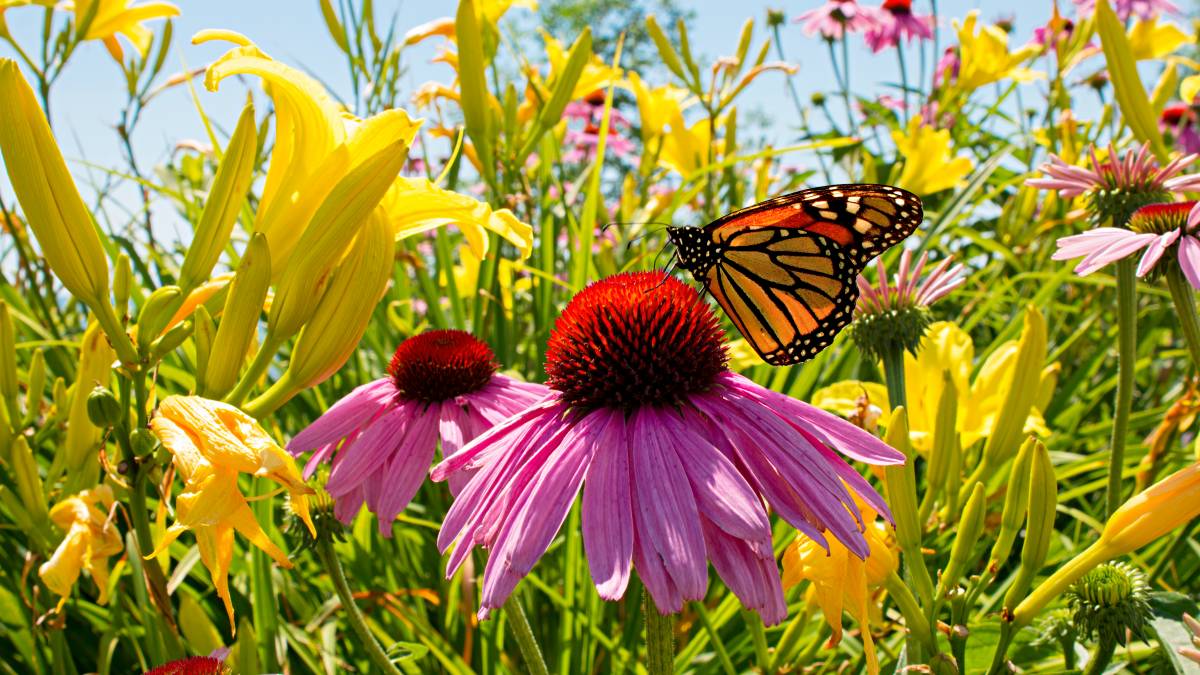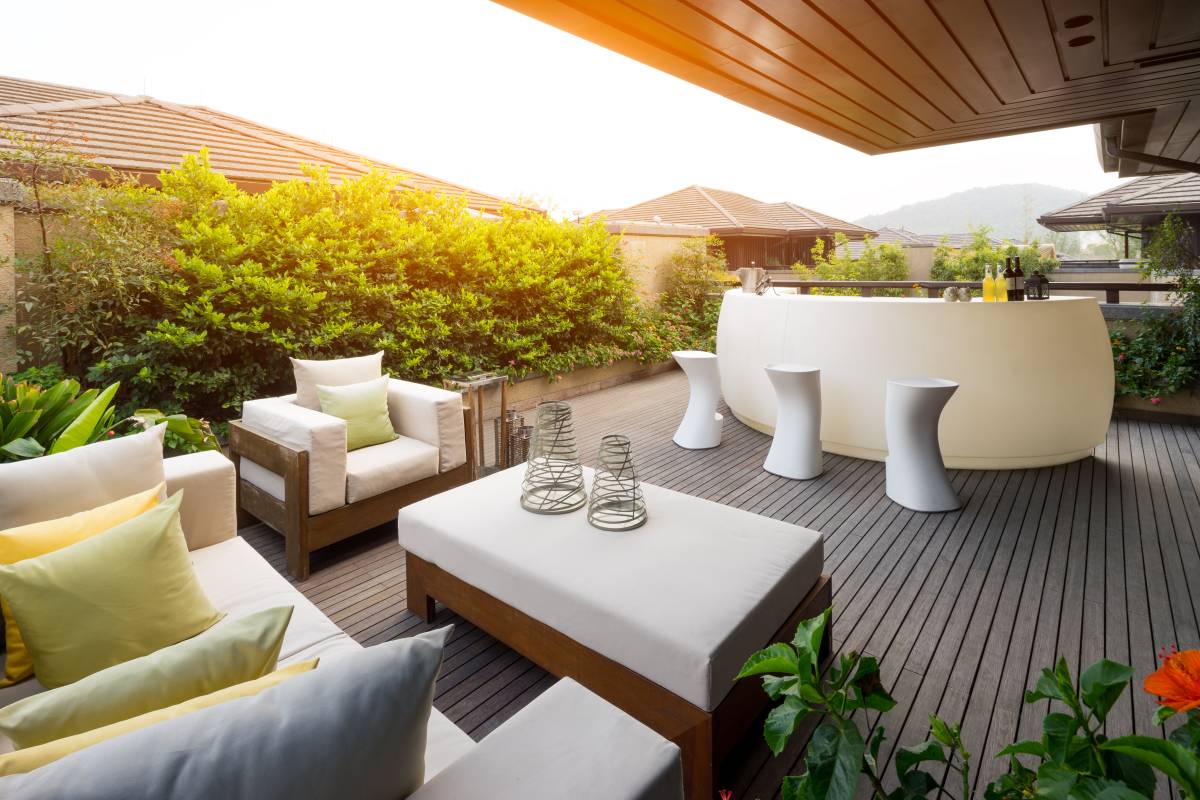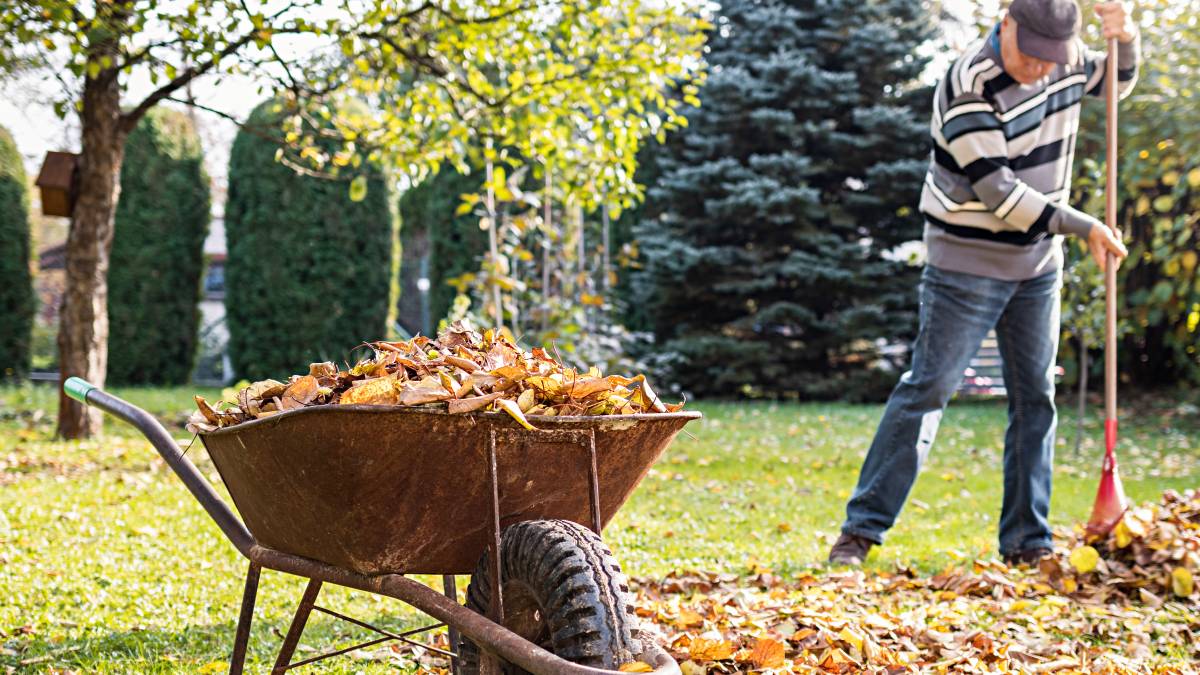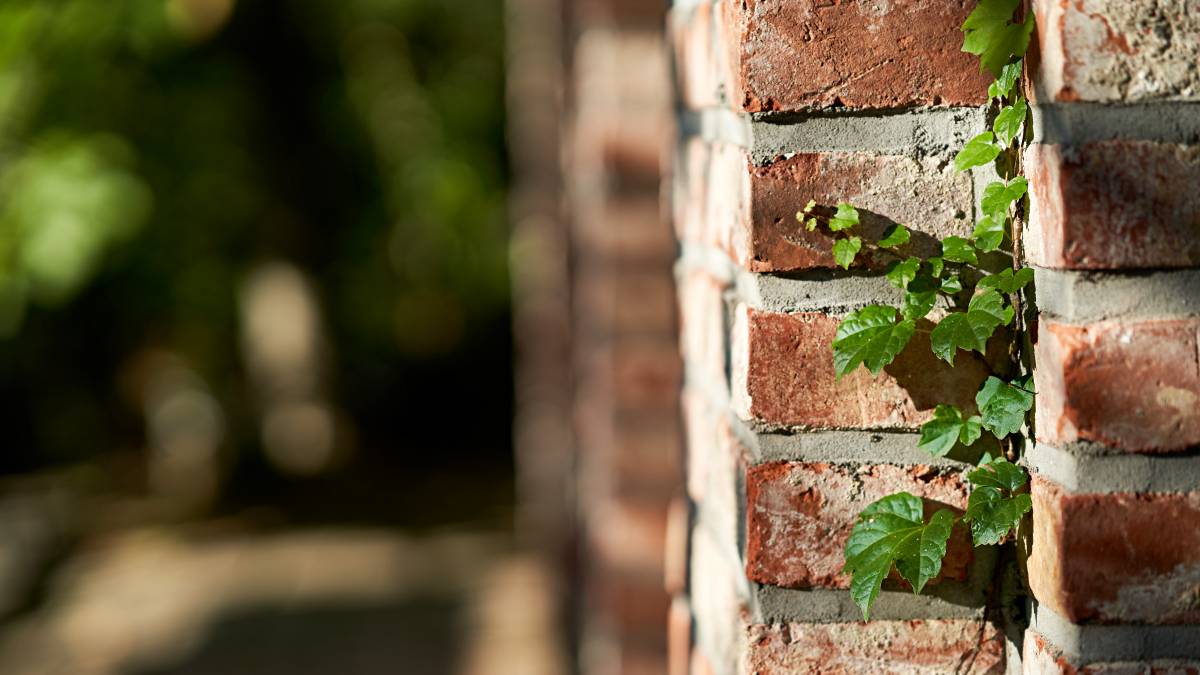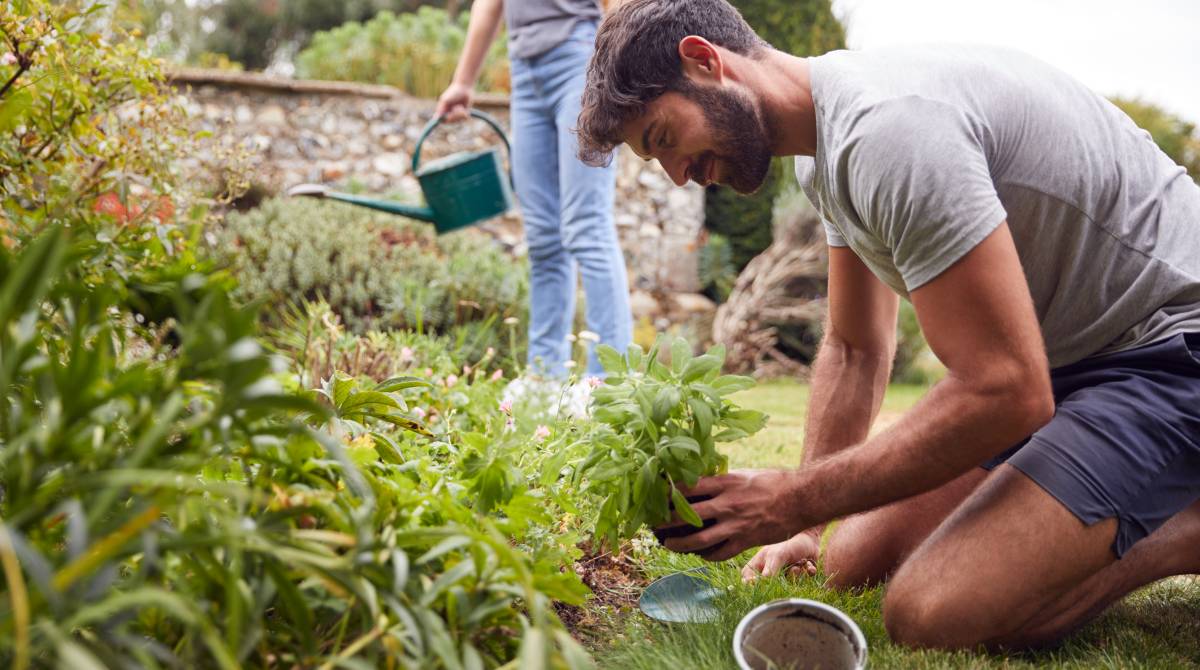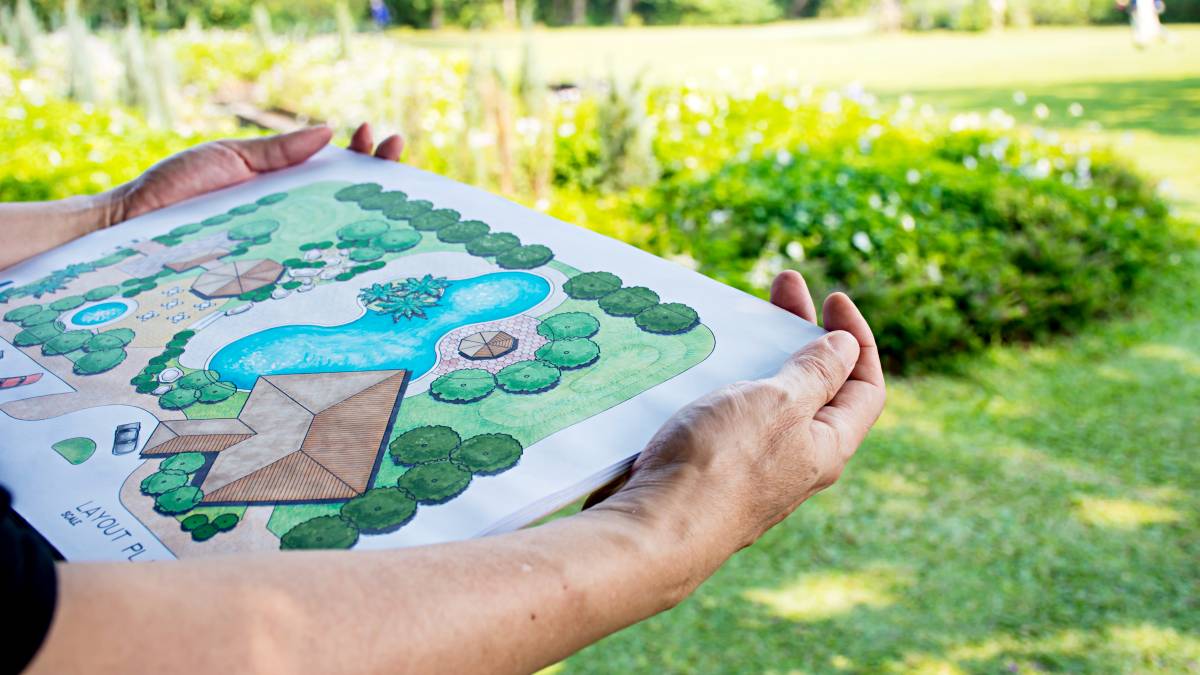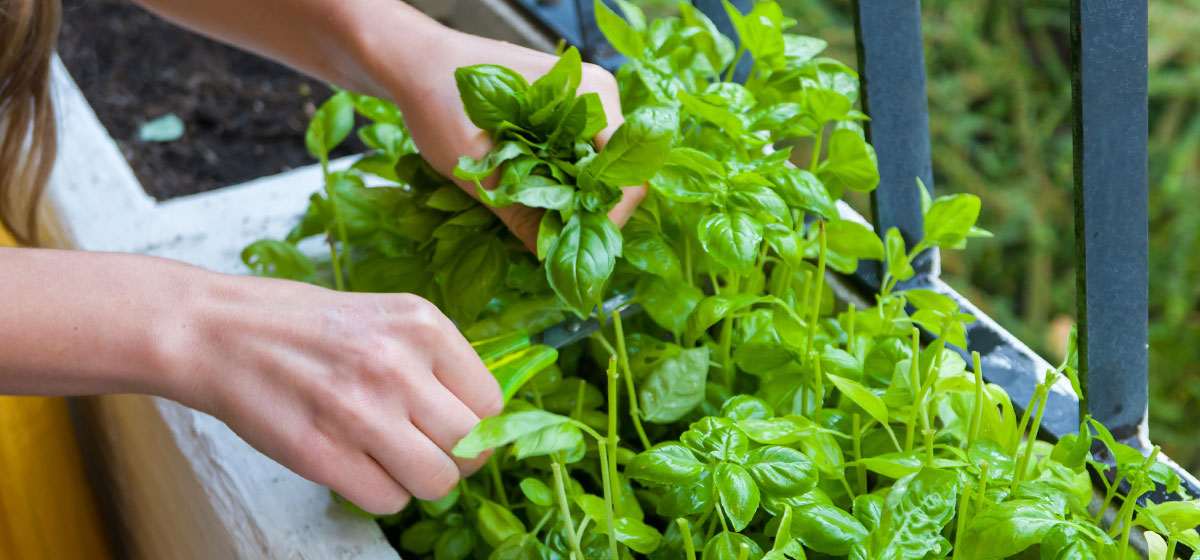
How to grow a herb garden on a balcony
Find a gardenerLast Updated on
Are you wondering what to do with that free space on your balcony? Or maybe you’re looking to jazz up your cooking with some fresh herbs? It sounds like it’s time to start a herb garden at home! Lucky for you, learning how to grow herbs at home in pots is easy since they are resilient plants that can thrive even in limited spaces.
If you decide to grow a herb garden on your balcony, you need to consider the following:
- What are the best herbs to grow on your balcony?
- Will you grow herbs from seeds in pots or use cuttings?
- When is the best time to grow herbs?
- How do you care for the herbs?
This article has everything you need to know to make growing herbs a walk in a park for you.
What you’ll need
First, you’ll need to prepare your balcony and the necessary materials for your new herb garden.
- Pots
- Seeds or cuttings
- Shovel
- Watering can
- Fertiliser (it can be organic if you prefer)
Time of completion
Depending on how much space you have or how big you want your herb garden to be, you can usually set it all up in as fast as 30 minutes. As you’re waiting for them to grow, it usually takes around two to three weeks for herb seeds to germinate. Cuttings typically grow faster, meaning you can harvest them sooner.
Growing herbs on a balcony
Here's a step-by-step guide on how to grow your own herbs from your balcony.
Step 1: Choosing herbs for your garden
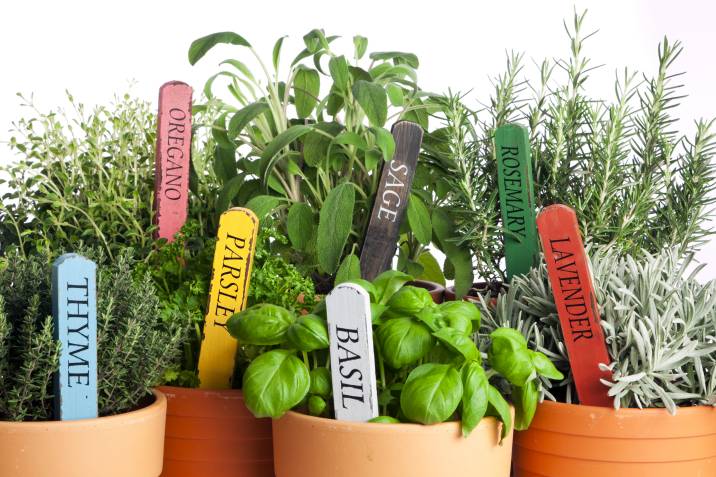
Some of the best herbs to grow to include basil, oregano, parsley, chive, rosemary, fennel, sage, mint, lavender, and coriander. If you’re looking for a little motivation to maintain your herb garden, choose the ones you’ll often use while cooking!
Next, you’ll need to decide whether you’ll grow them from seeds or cuttings. Seeds are typically harder to handle since you’ll need to wait for them to germinate. Also, delicate plants need to “harden off” first before you can keep them outdoors all day. If it’s your first time working with herbs, it’s best to start with cuttings.
Step 2: Picking the right pots
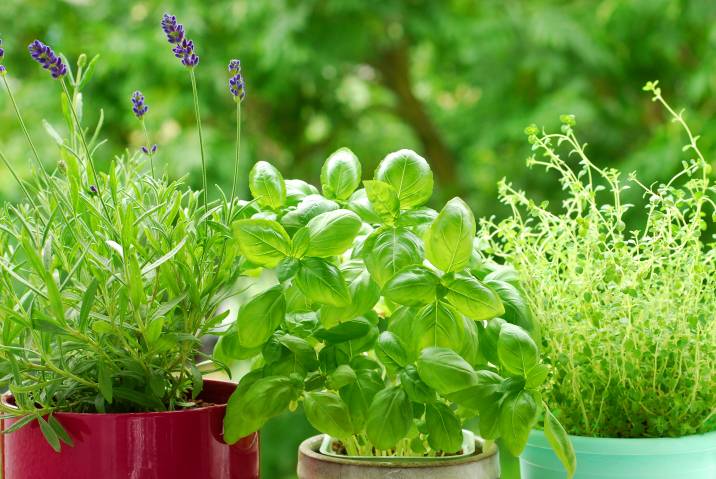
It is essential to consider the space you have when choosing a pot for your balcony herb garden. Crates, chests, and large wooden planter boxes are affordable, and you can grow different herbs with shared requirements.
You’ll also want to look for pots with large drainage holes at the bottom. This feature prevents your herbs from getting waterlogged.
If you prefer the smaller pots, the best ones are those made of clay, as they have an earthy, natural look. Plastic pots are lightweight and easy to carry – you can even hang them easily. If you want pots that make a statement, get ceramic planters.
| See also: How to start container gardening |
All in all, choosing a pot depends on the space and the resources that you have. You can also explore vertical hydroponic gardening if soil and space are a big problem for you.
Step 3: Planting your herbs

When planting your herbs in pots, it is important to plant smartly. Avoid combining tall herbs such as sage, mint, and oregano with low growing herbs like rosemary, basil, and marjoram. The bigger plants can overtake the smaller herbs.
Many herbs do well in light, partial shade or full sun. This means that your herb garden should face south-west, south-east or south. Planting herbs in a shady space is not recommended because they become weak as they try to pull to the sun.
Step 4: Caring for your herb garden
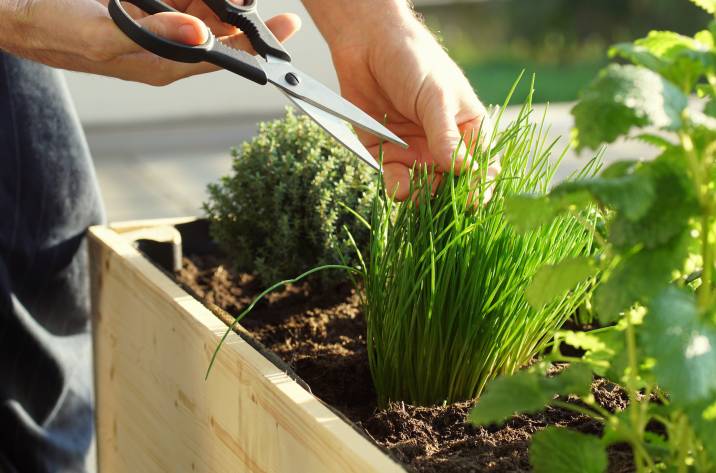
Water
Remember that pots tend to dry out quickly, so it’s always good to water your balcony garden regularly. Herbs planted in a garden can go without water temporarily and tolerate excess moisture in the soil. We can’t recommend the same for herbs planted in pots, as they are more sensitive to waterlogged and dry soil.
Fertiliser
One of the benefits of growing a potted herb garden is that you don’t have to keep fertilising them the way you’d need to do with a regular garden. The best fertiliser is a slow-release type; add it into your soil a few times a year, and your plants will stay healthy. If you want to grow organic herbs in pots, stick to organic fertilisers like manure and compost to keep your soil and plants healthy.
Trimming
Did you know that just like your hedges, herbs also need regular trimming? It’s best to trim your herbs regularly to improve the growth of foliage for dense-looking plants. You can do this on sunny days just before noon using a sharp knife or scissors. Also, remember to cut off the blooms to prevent seed formation.
Convenient herb garden options
The best thing about learning how to grow herbs at home in pots is that you can grow them all year round. During wintertime, herbs demand extra care to keep them from getting too cold. You must also care for your herbs during summer to protect them from excess heat. Remember to rotate your plants every season.
If you want to skip planting the herbs, you can visit the nearest garden centre and buy potted ones instead. You can also purchase herbs from the supermarket, but these might not adjust to growing outside on the balcony like the ones from the garden centre.

Growing herbs is easy, especially with an experienced local gardener on your side!
Are you having a hard time moving your herb seedlings into new pots? Need help with other gardening tasks? You can use Airtasker to find a local gardener who’d be happy to help you out! You can also check out this cost guide to confirm if an experienced gardener’s services are within your budget. Tap the “Post a task” button to start finding a herb garden specialist near you.
FAQs on how to grow your own herbs in pots
If you don’t have enough space in your garden or balcony, you could designate a south-facing windowsill for your mini herb garden. Once you have the space, pots, and the soil, plant the cuttings or seeds, and water them regularly. Within a few weeks, your herbs should be ready to harvest!
Start by picking out the herbs you want to grow. Find out how big their pots should be and what kind of soil they’ll thrive in. Next, put the herb seeds or cuttings in each pot. Water and fertilise them regularly. Make sure to give them enough sunlight, too! Seeds should germinate within two to four weeks, while cuttings will flourish quite quickly.
Start by packing soil into the strawberry pot, leaving around three centimetres at the top for watering. Next, plant the herbs. You can even put multiple herbs in a strawberry pot! Place taller ones like oregano on top of the pot and tuck smaller ones into the pockets. Place the planter in a sunny area and water when the soil starts to feel dry. Wait a couple of weeks, and your herbs will be ready to harvest and enjoy!
Find gardening services, fast
Find a gardener
Related articles
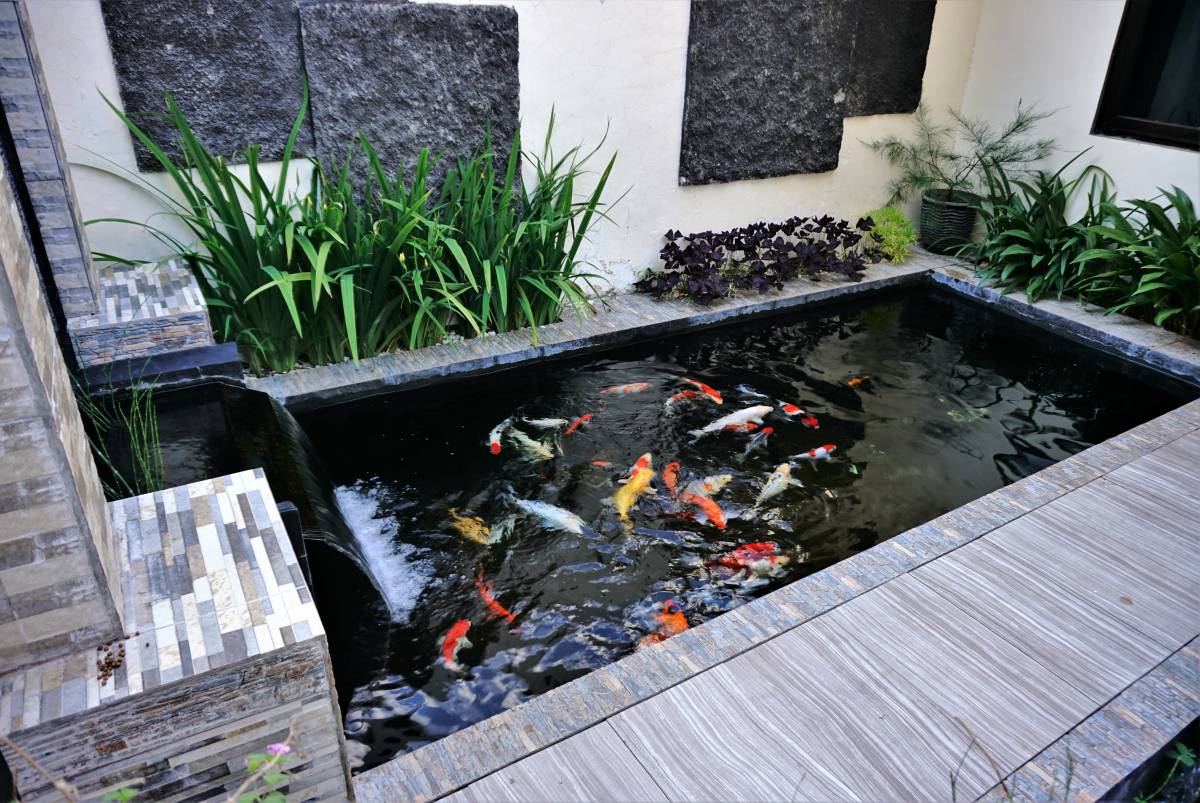
8 steps to build a DIY pond filter
Read more

How to build garden steps
Read more

How to trim bushes the right way
Read more
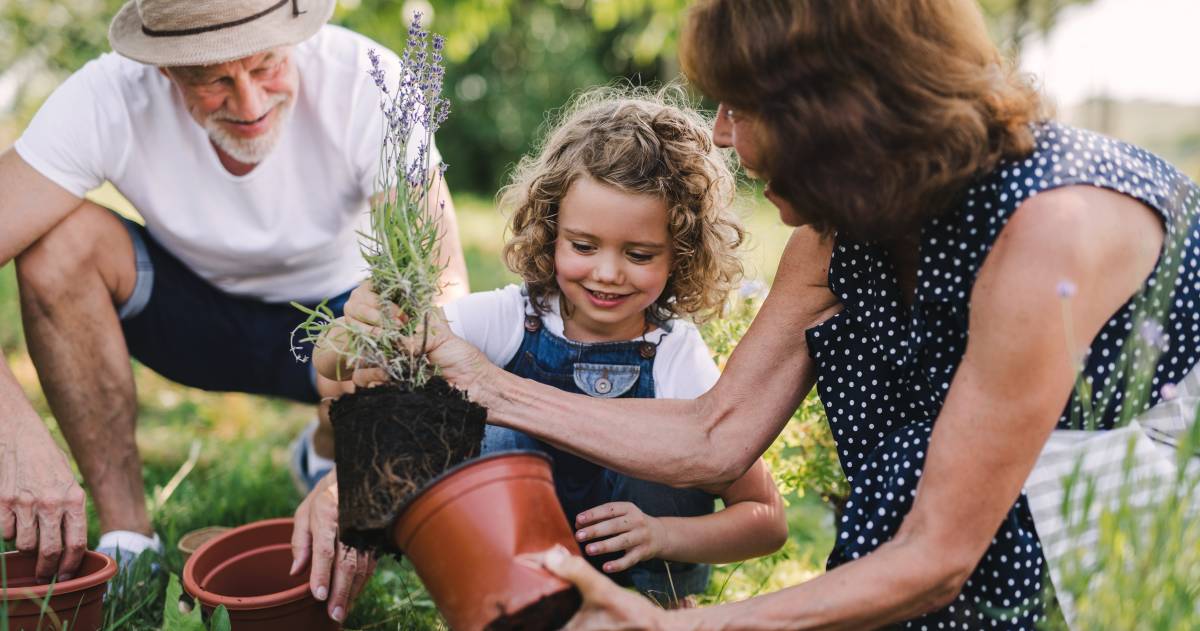
13 Best Spring Gardening Tips
Read more

How to clean garden stones
Read more
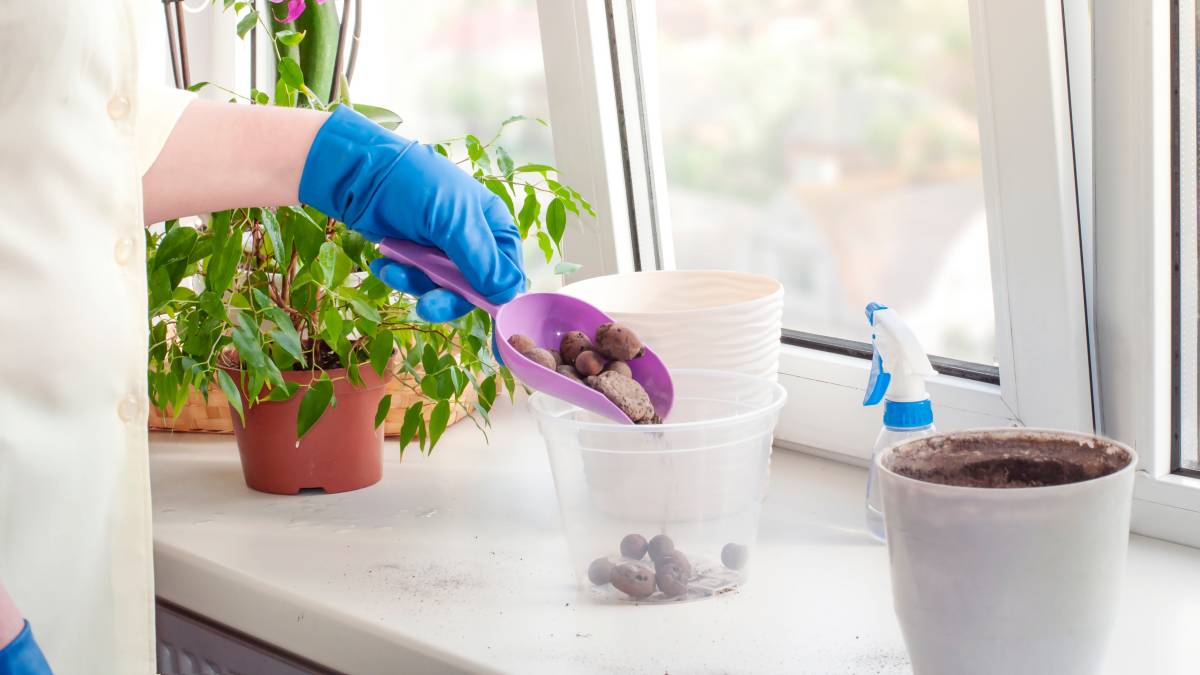
36 Quirky plant pot ideas you’ll love
Read more
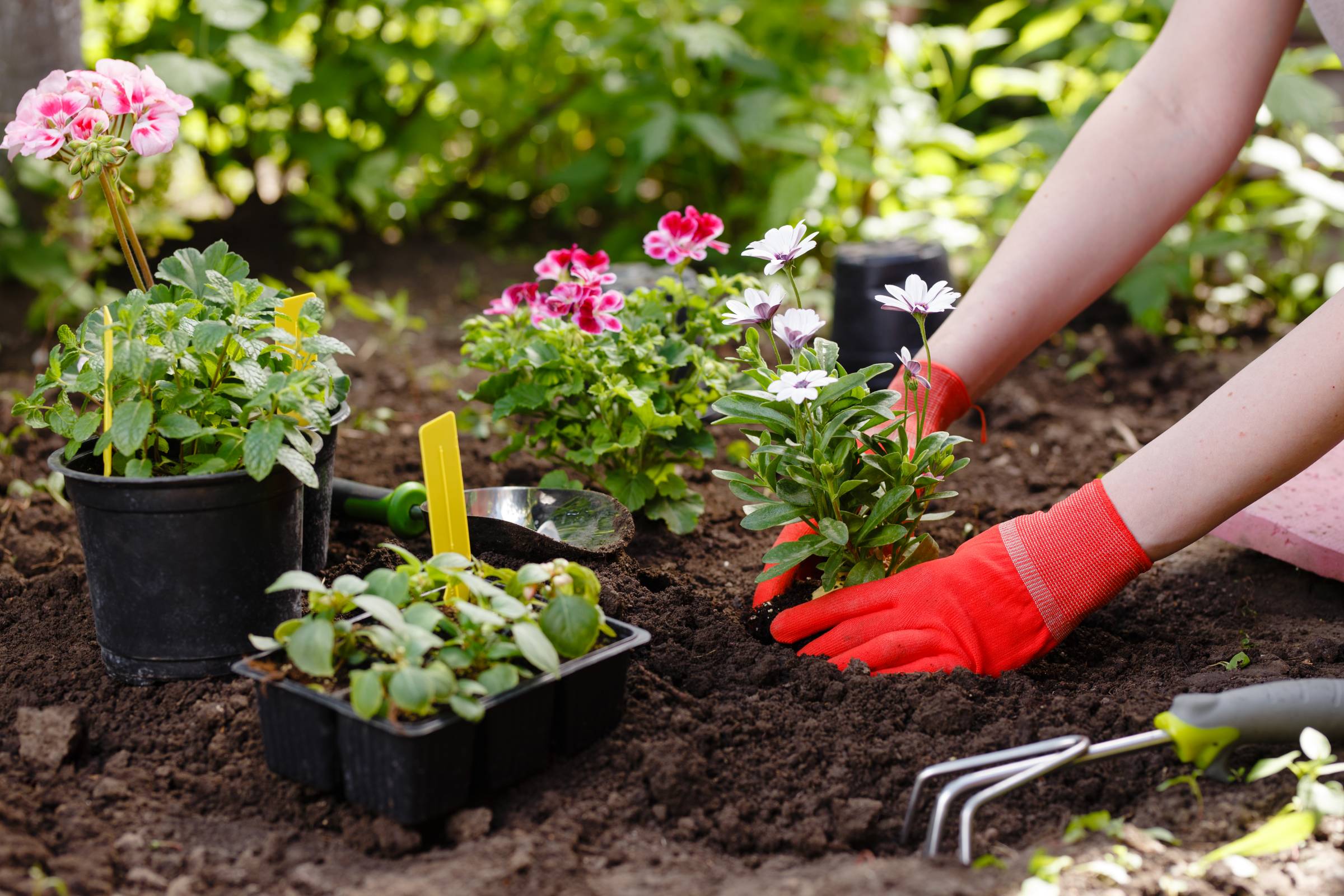
Your garden maintenance checklist
Read more
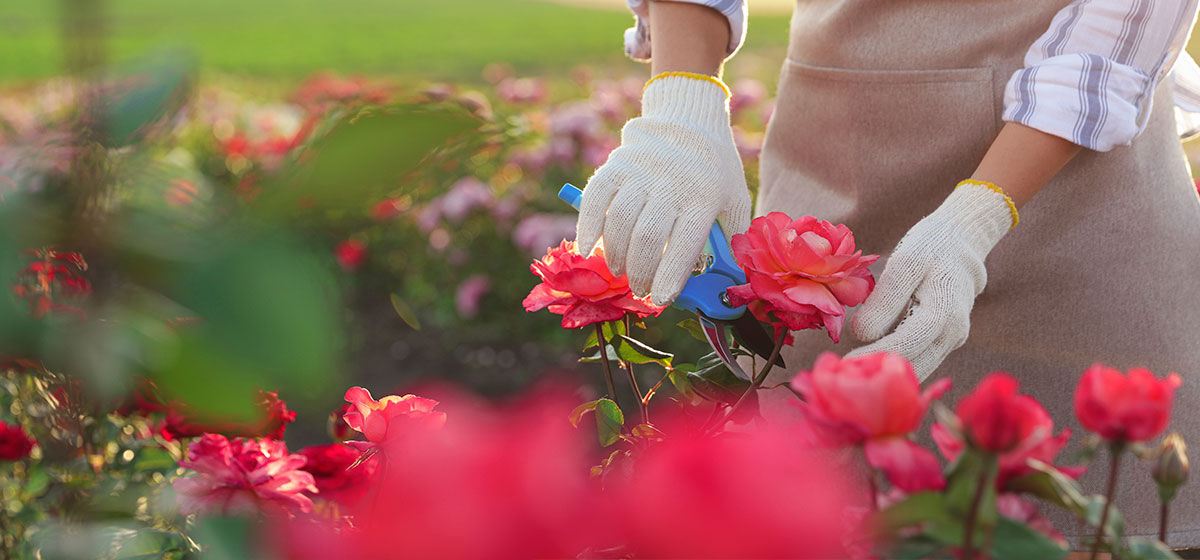
How to prune roses the right way
Read more
Related price guides
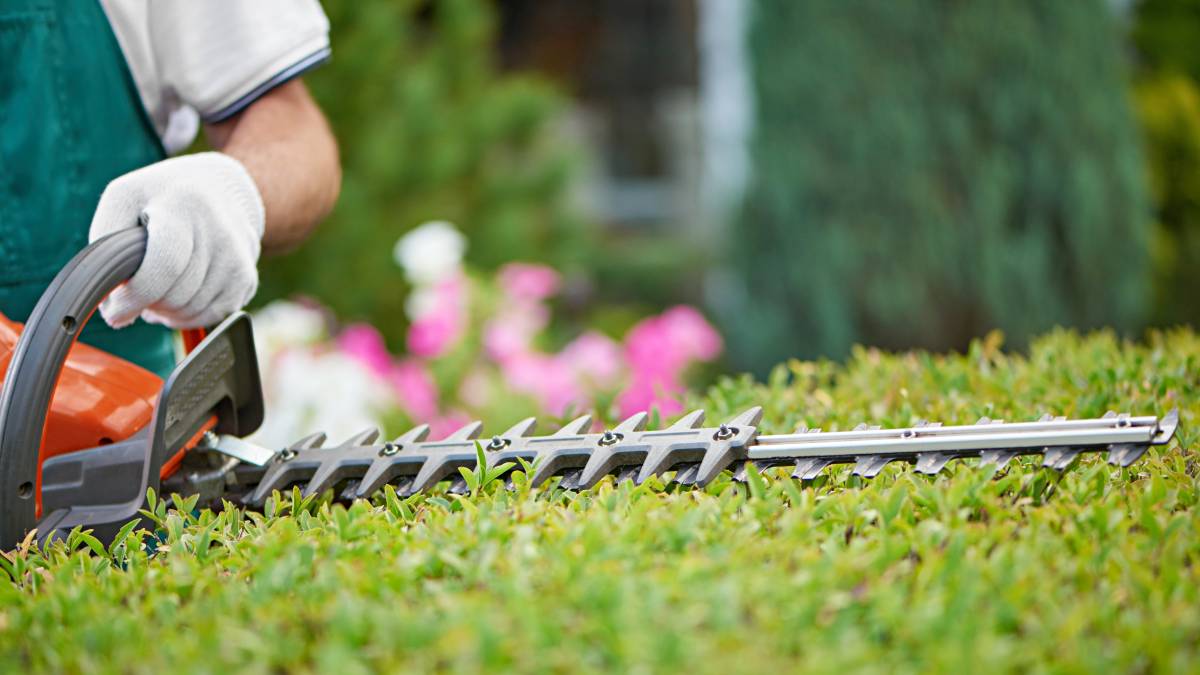
How much does hedge removal cost?
Read more
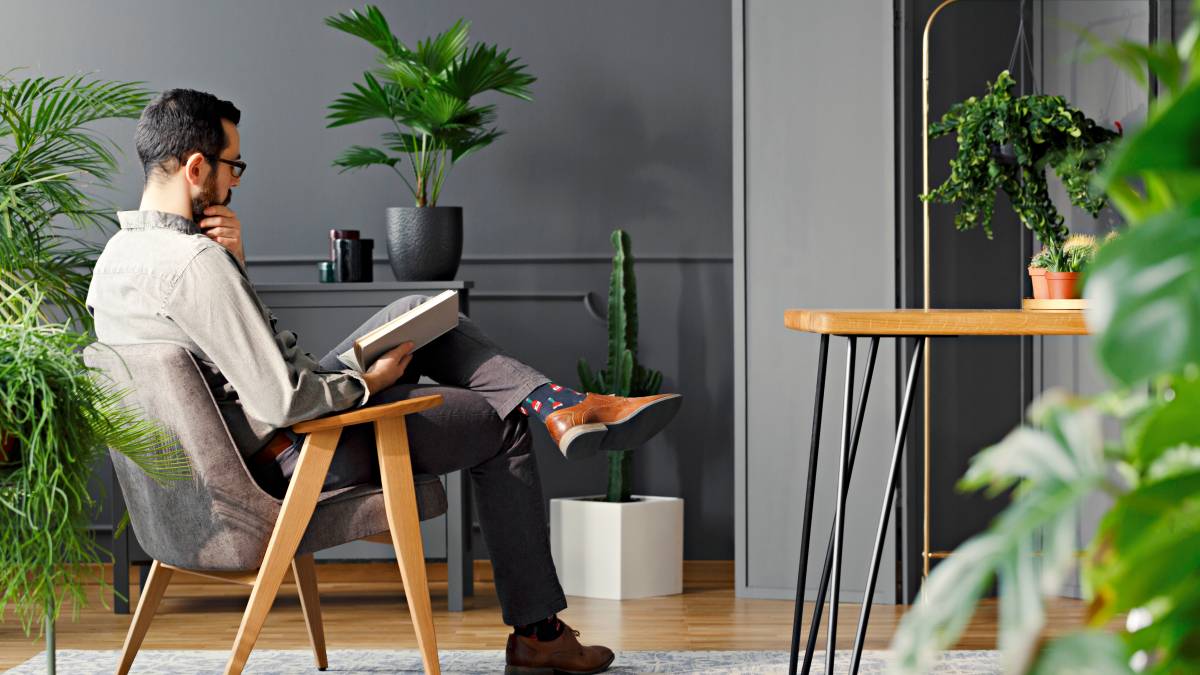
How much does a garden room cost?
Read more
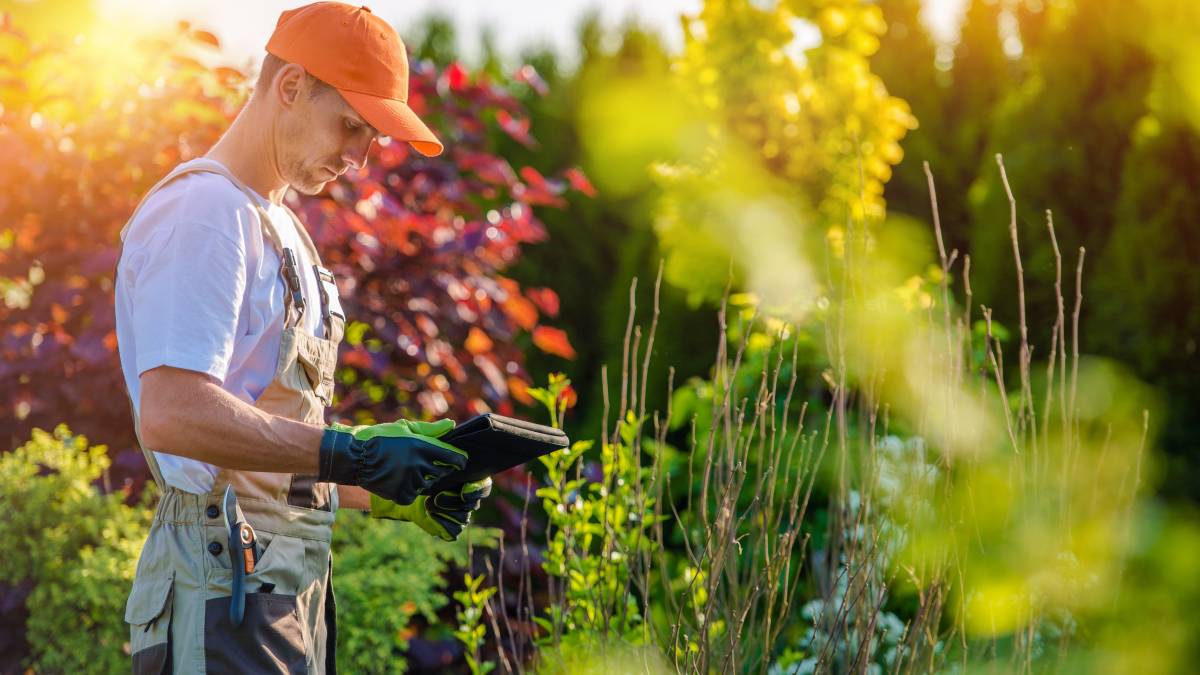
How much does garden clearance cost?
Read more
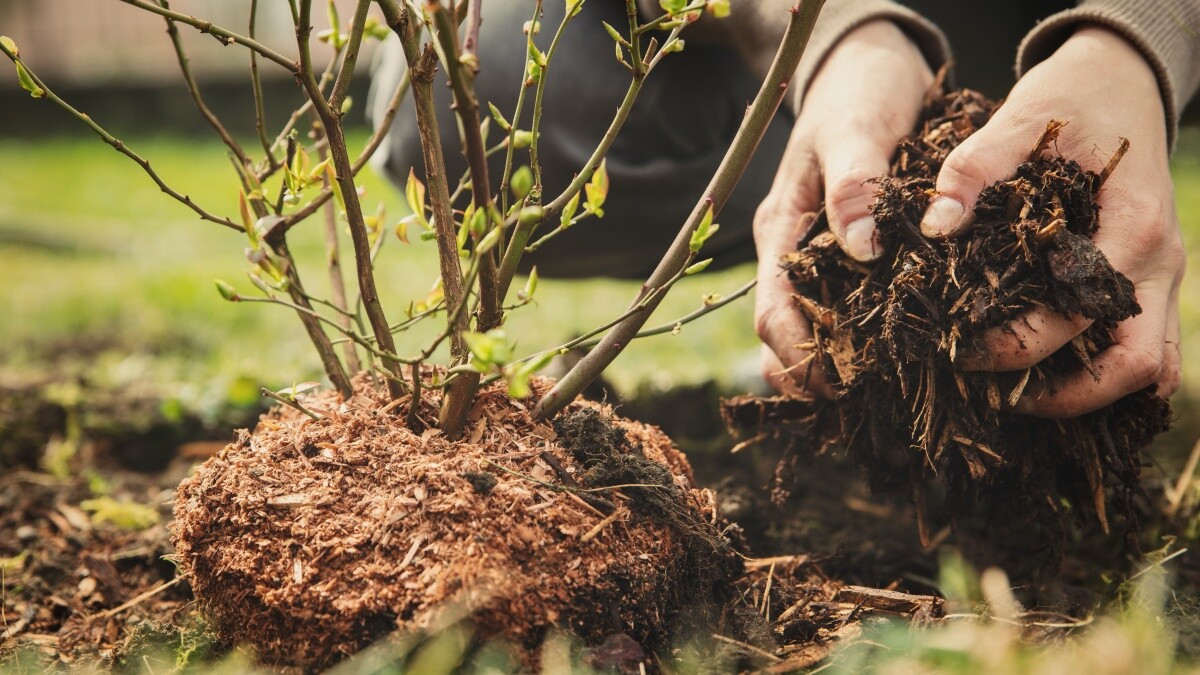
How much does mulch cost?
Read more
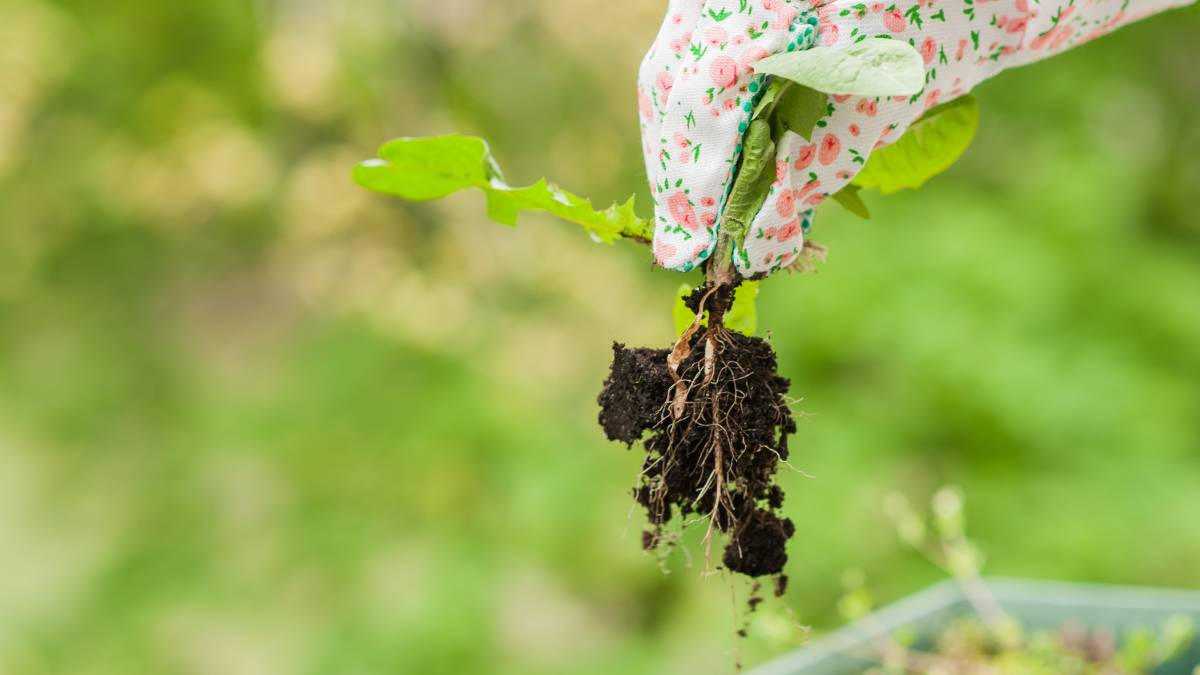
How much does weeding cost?
Read more

